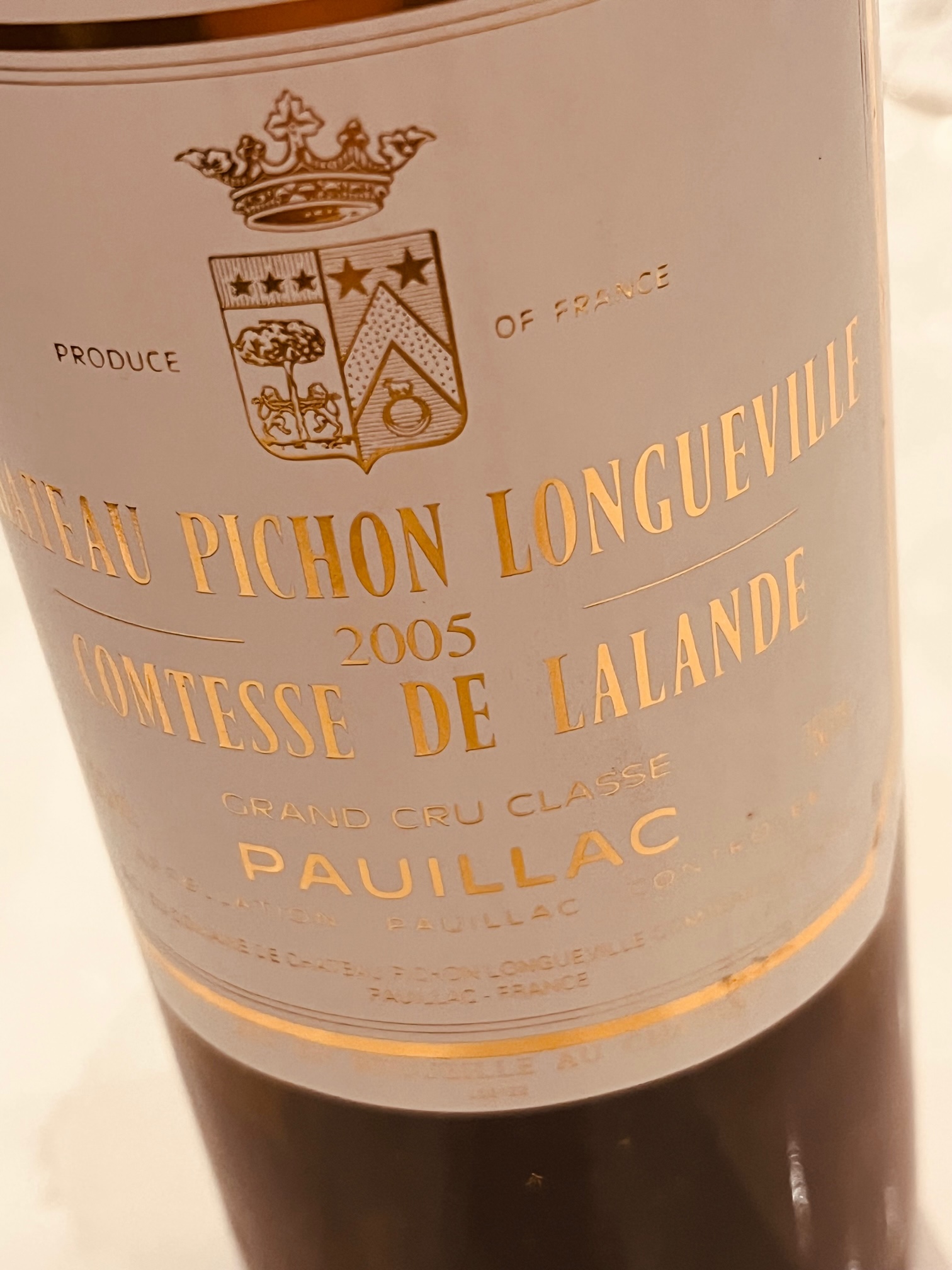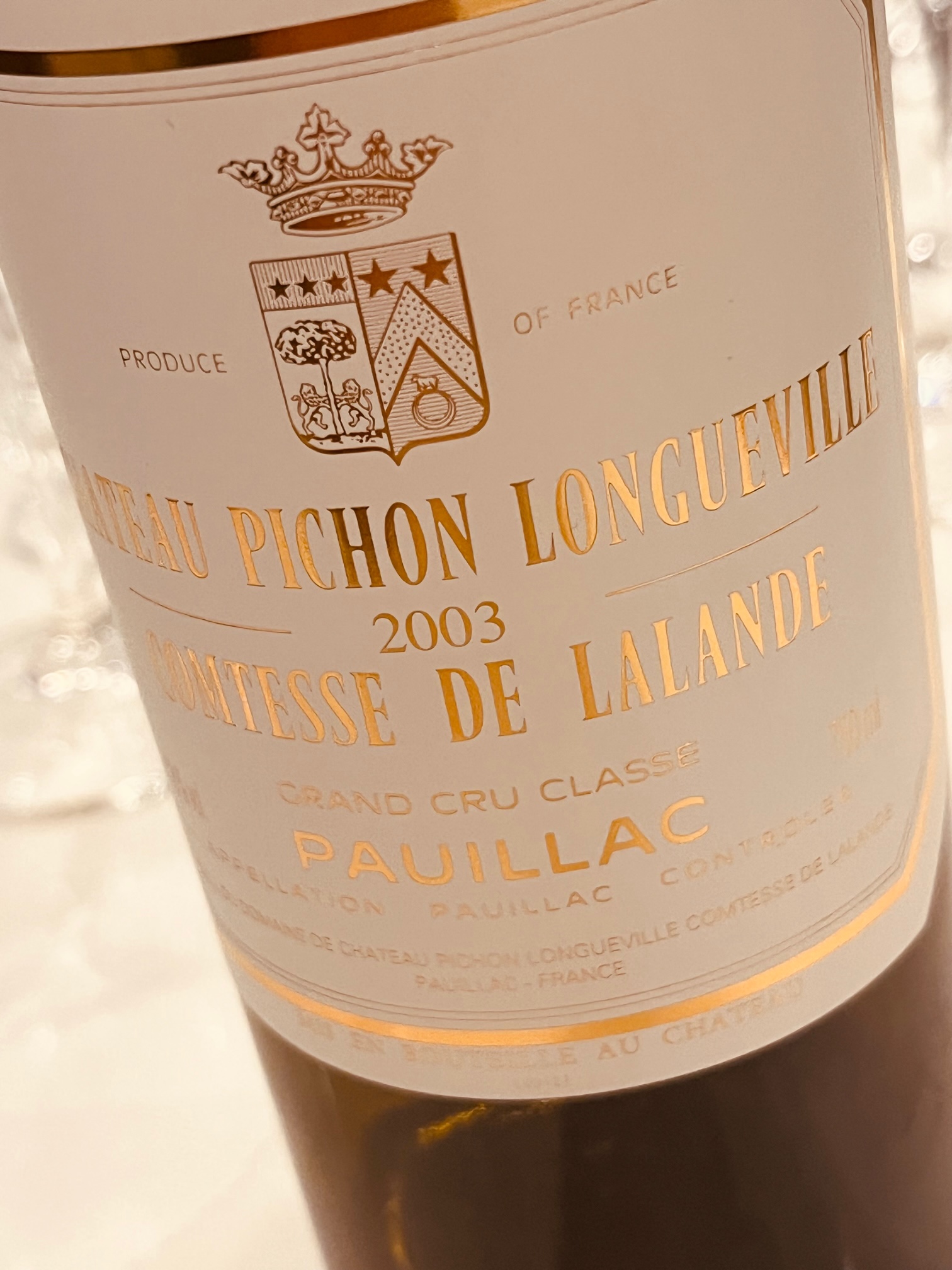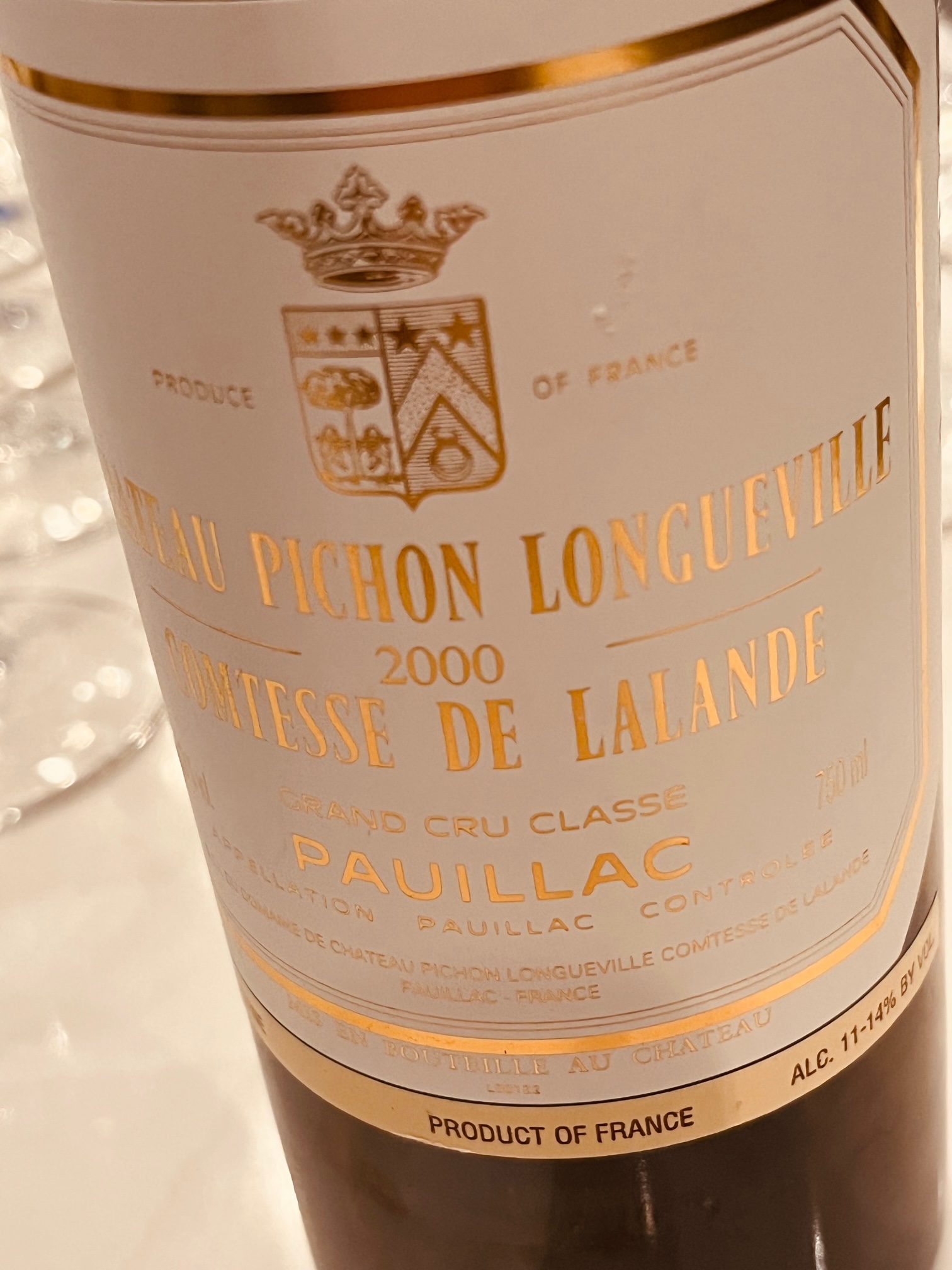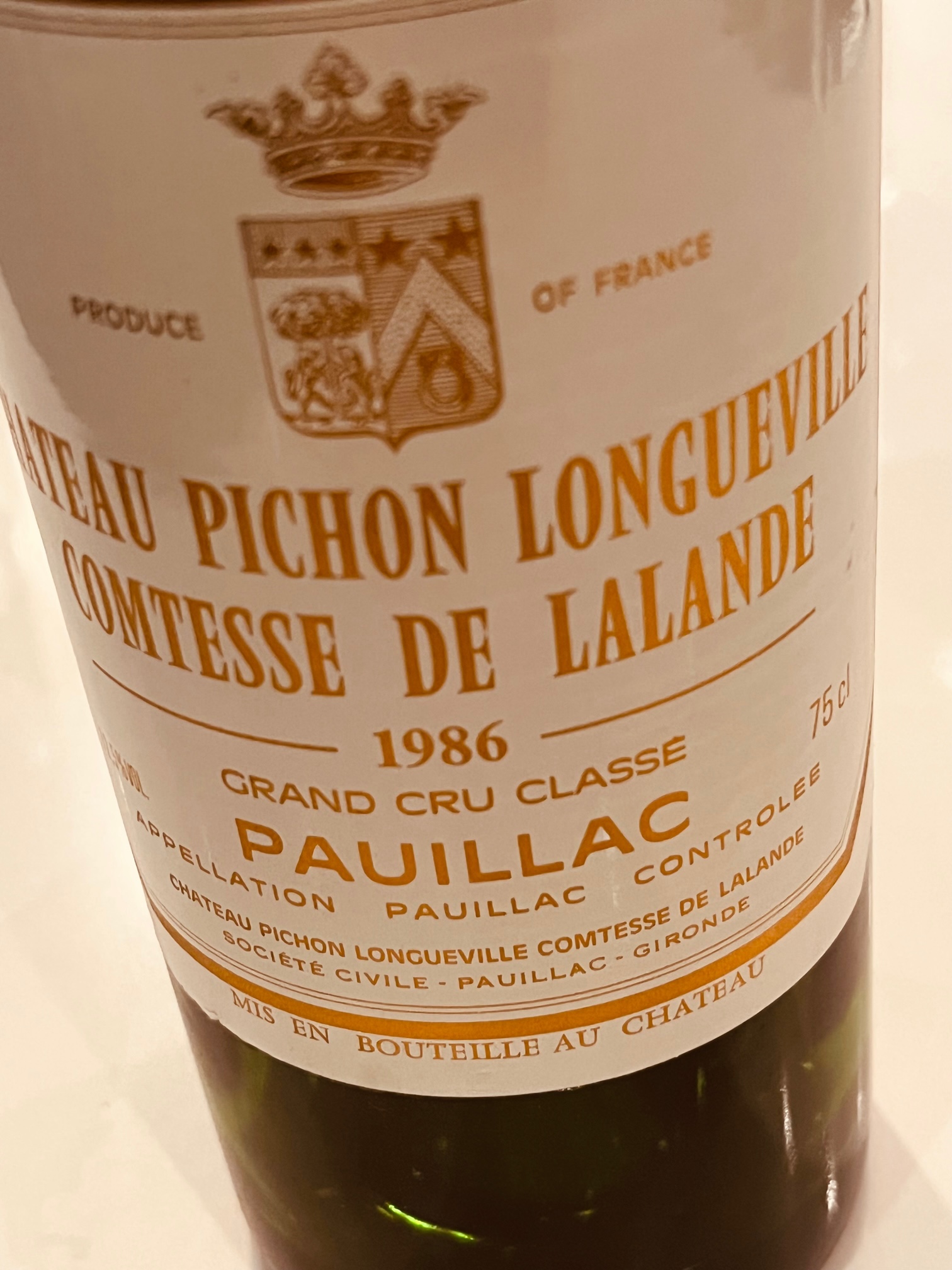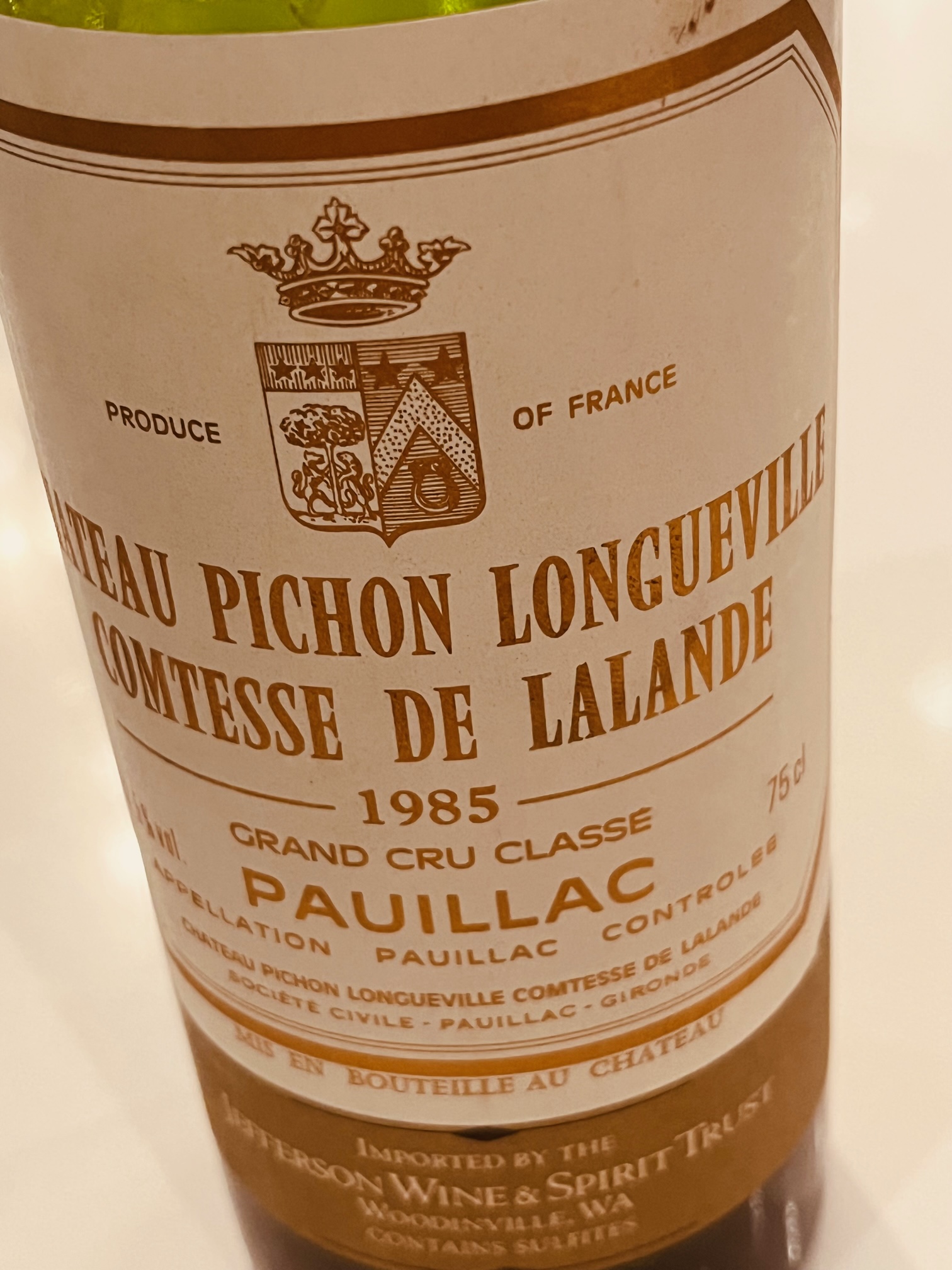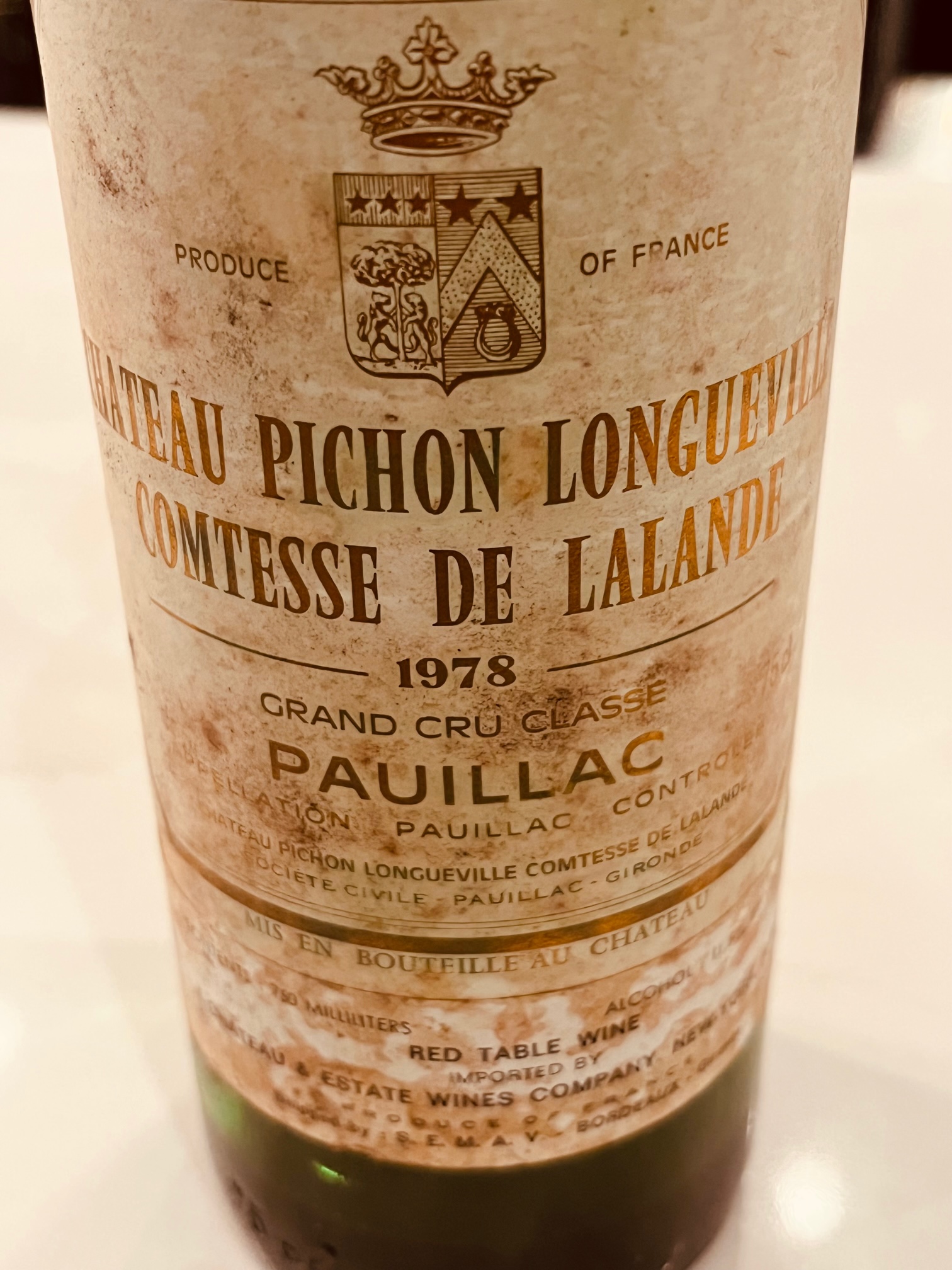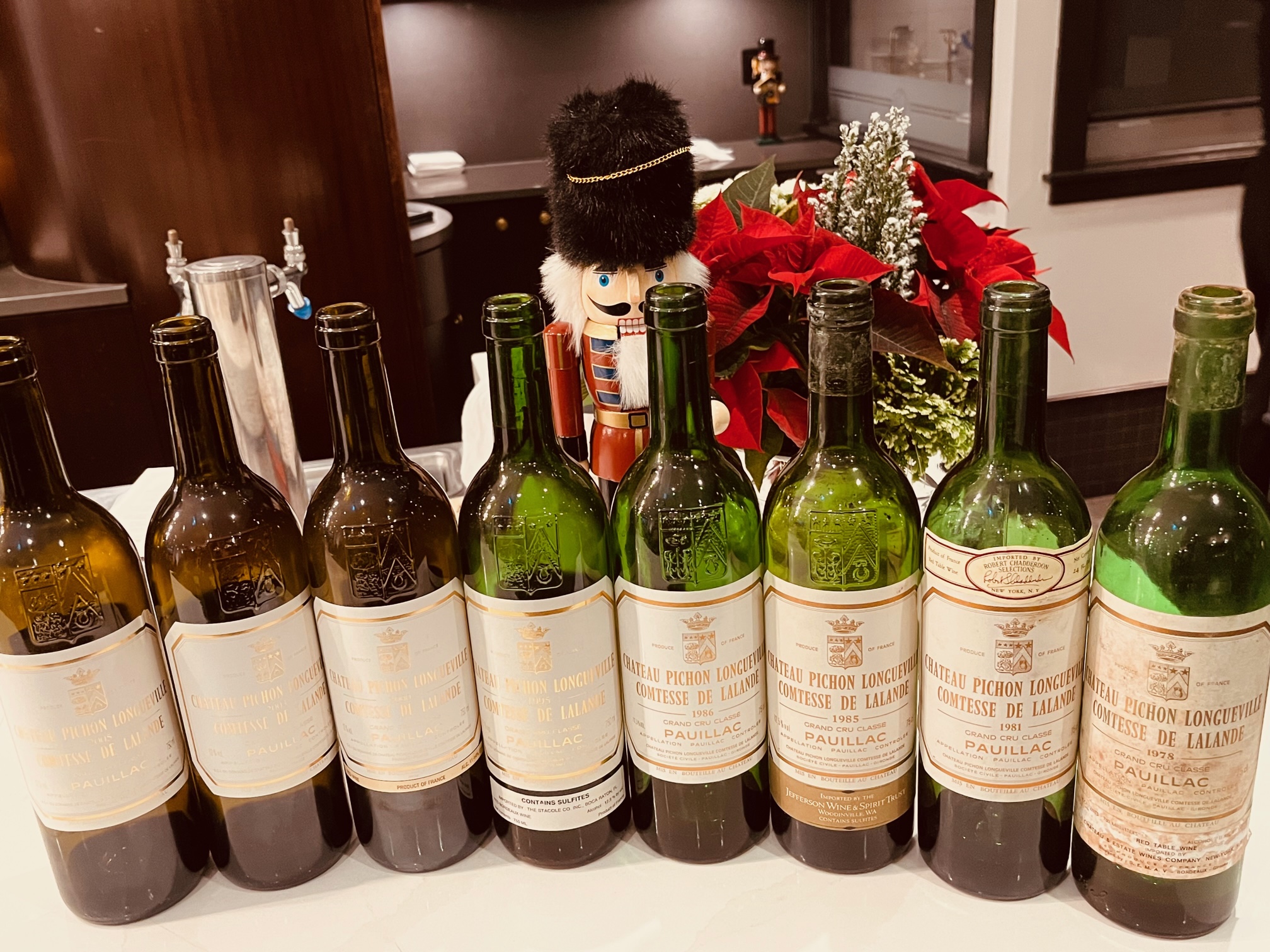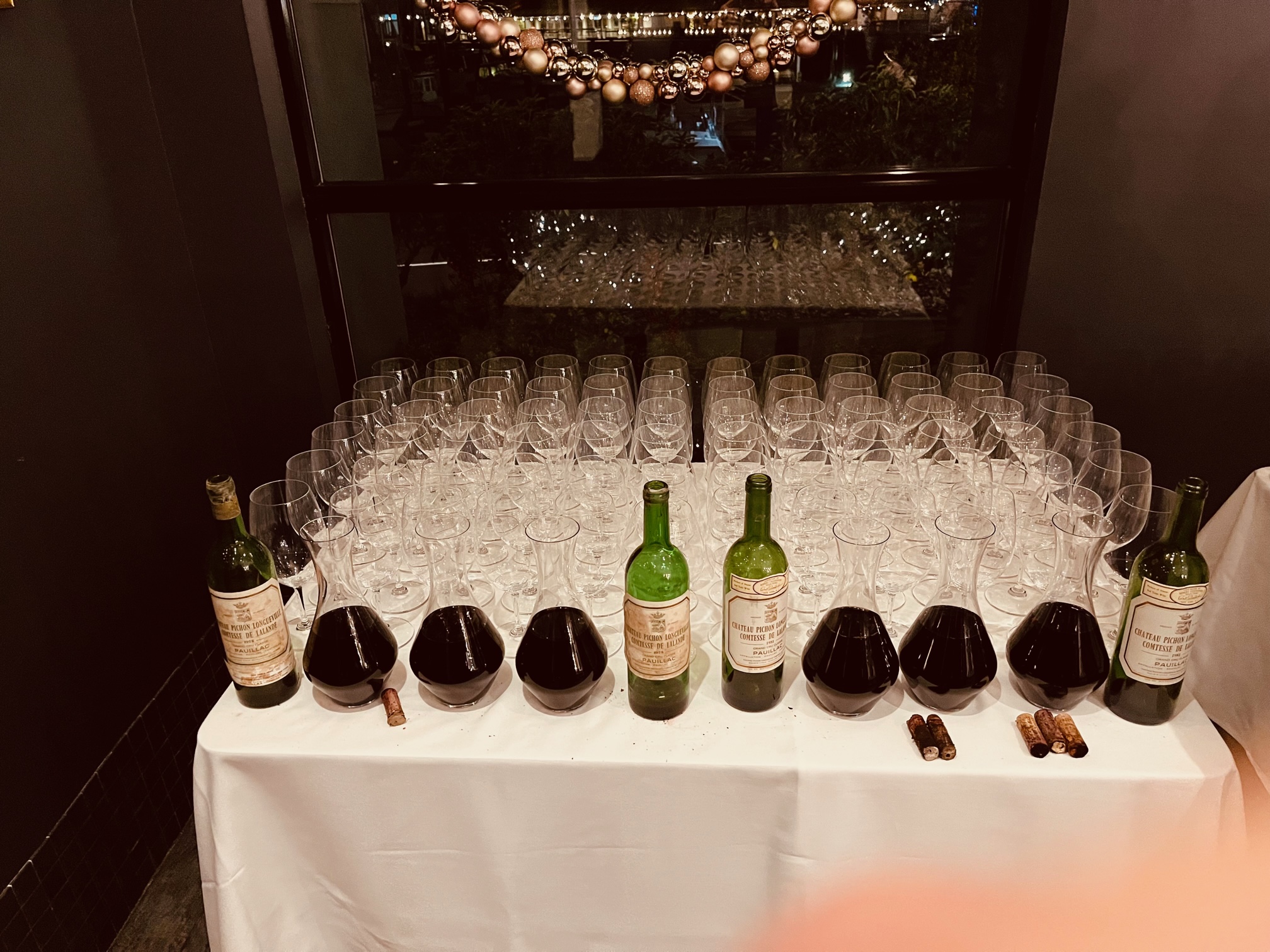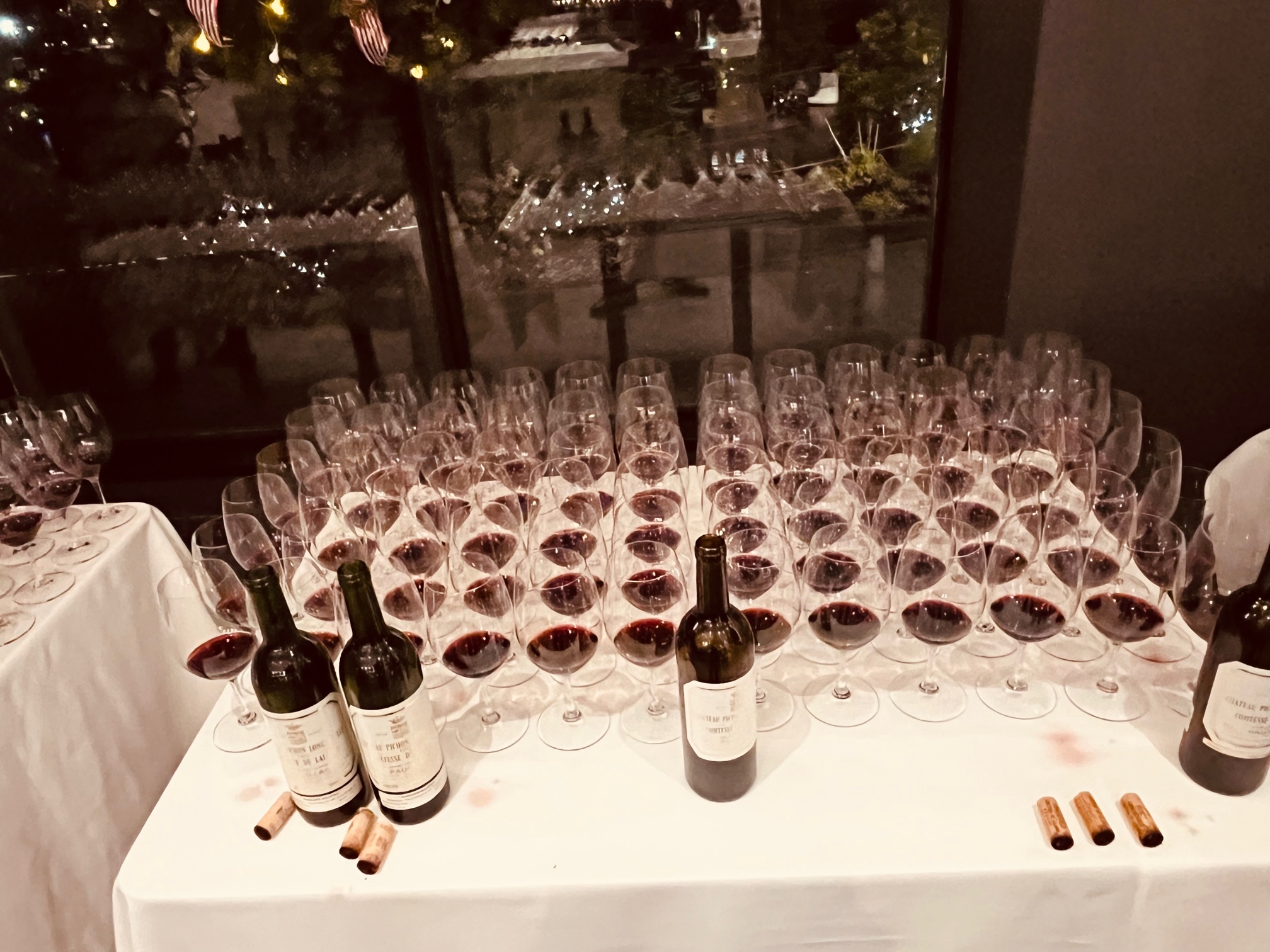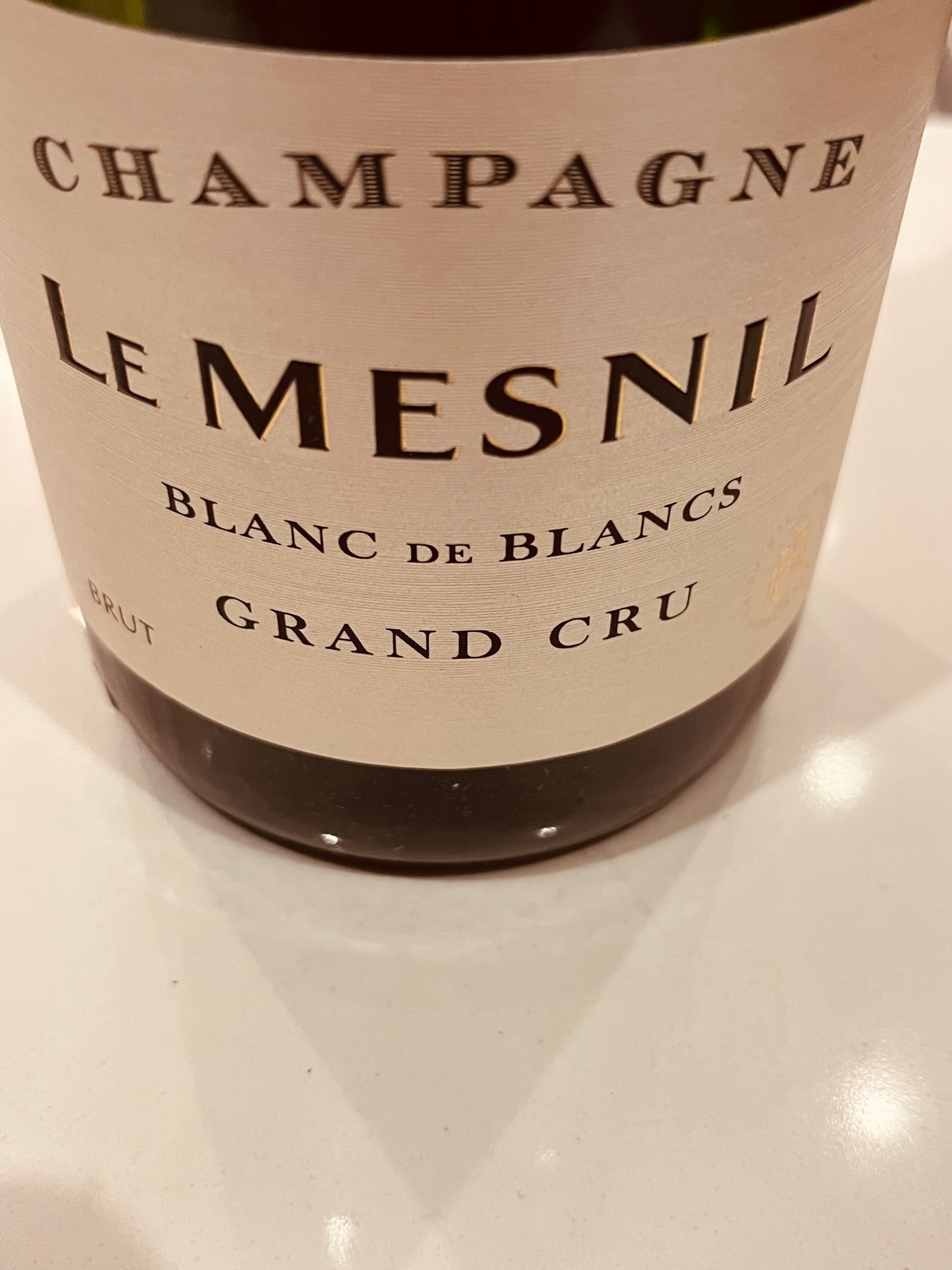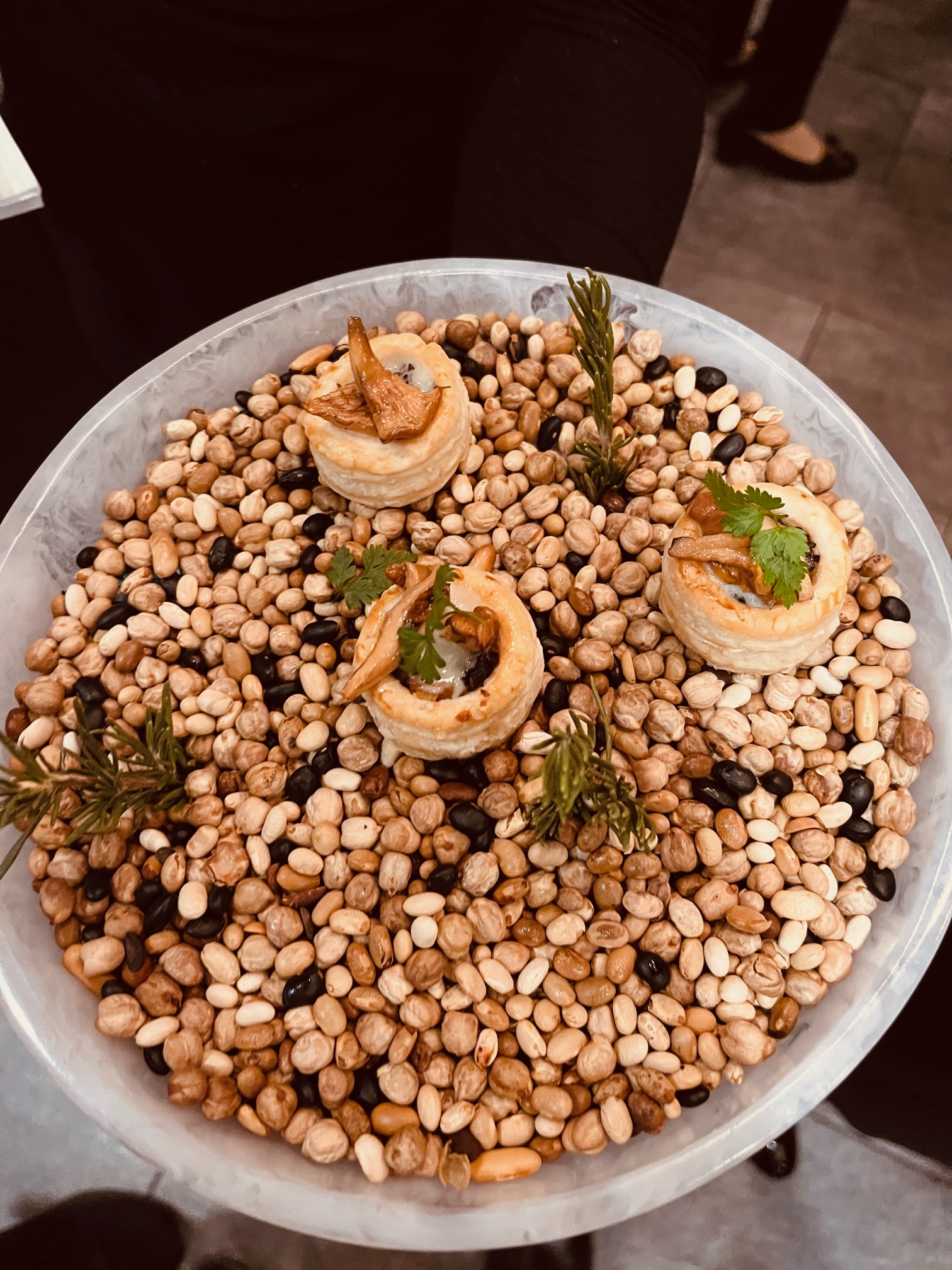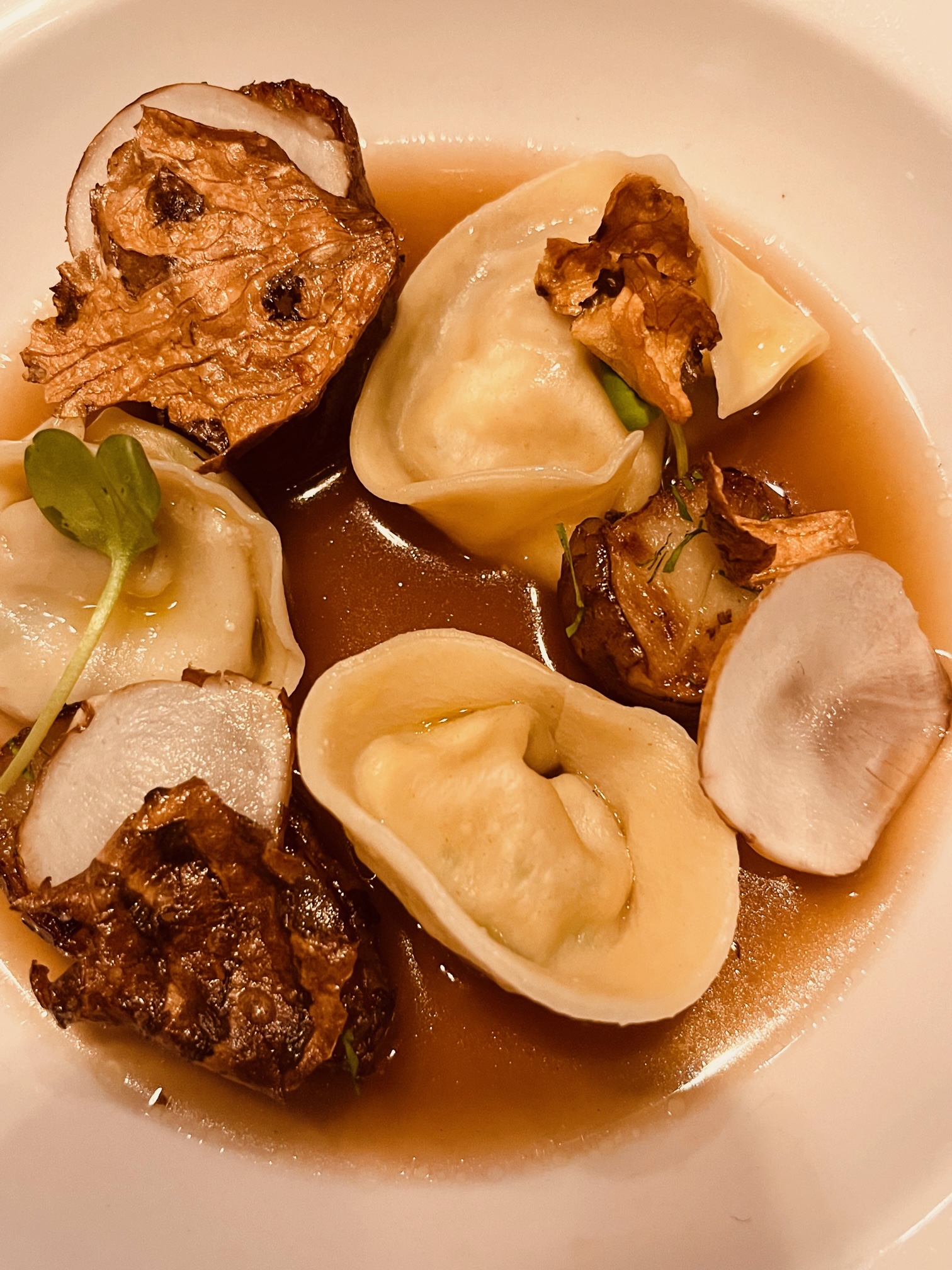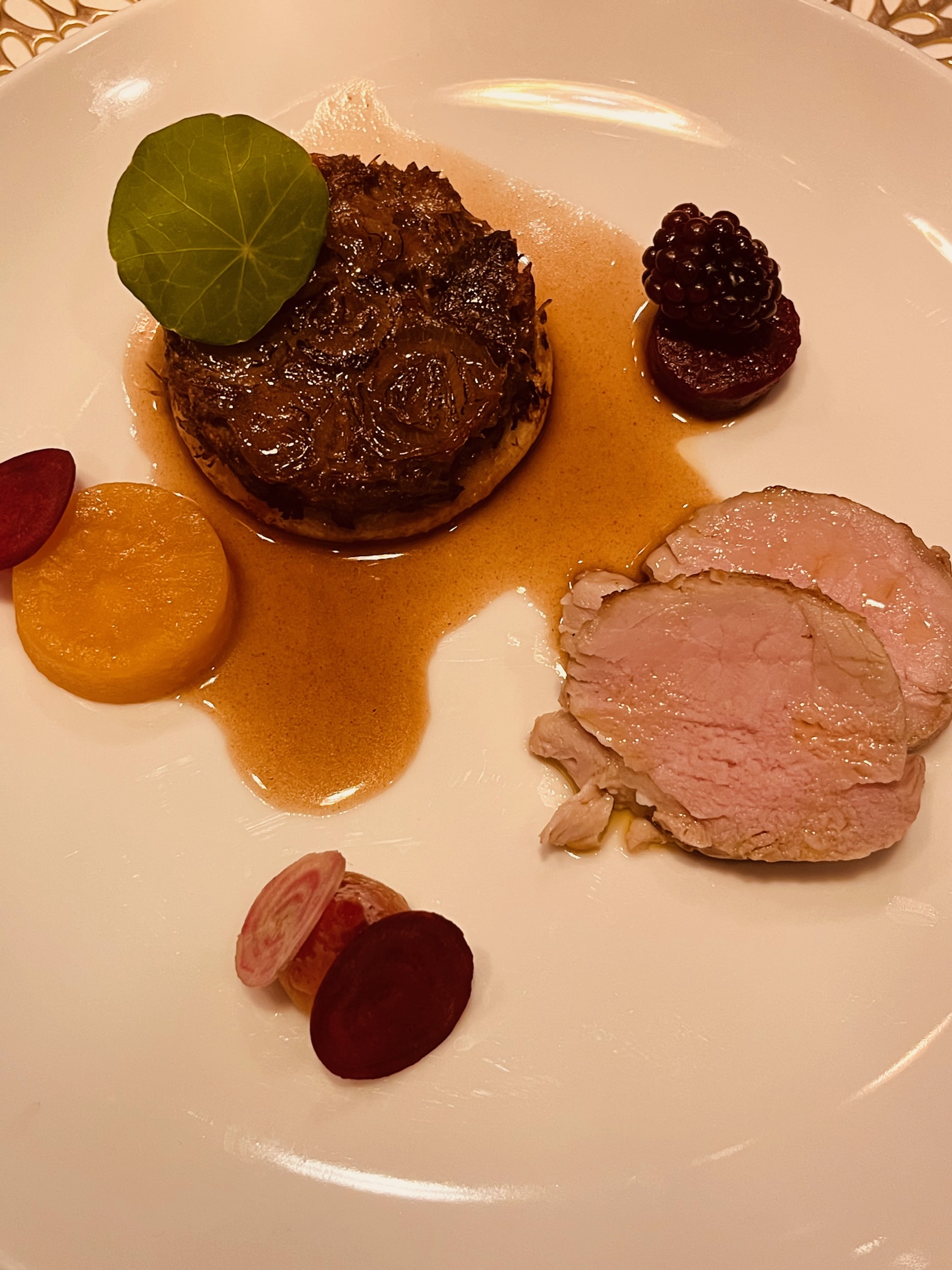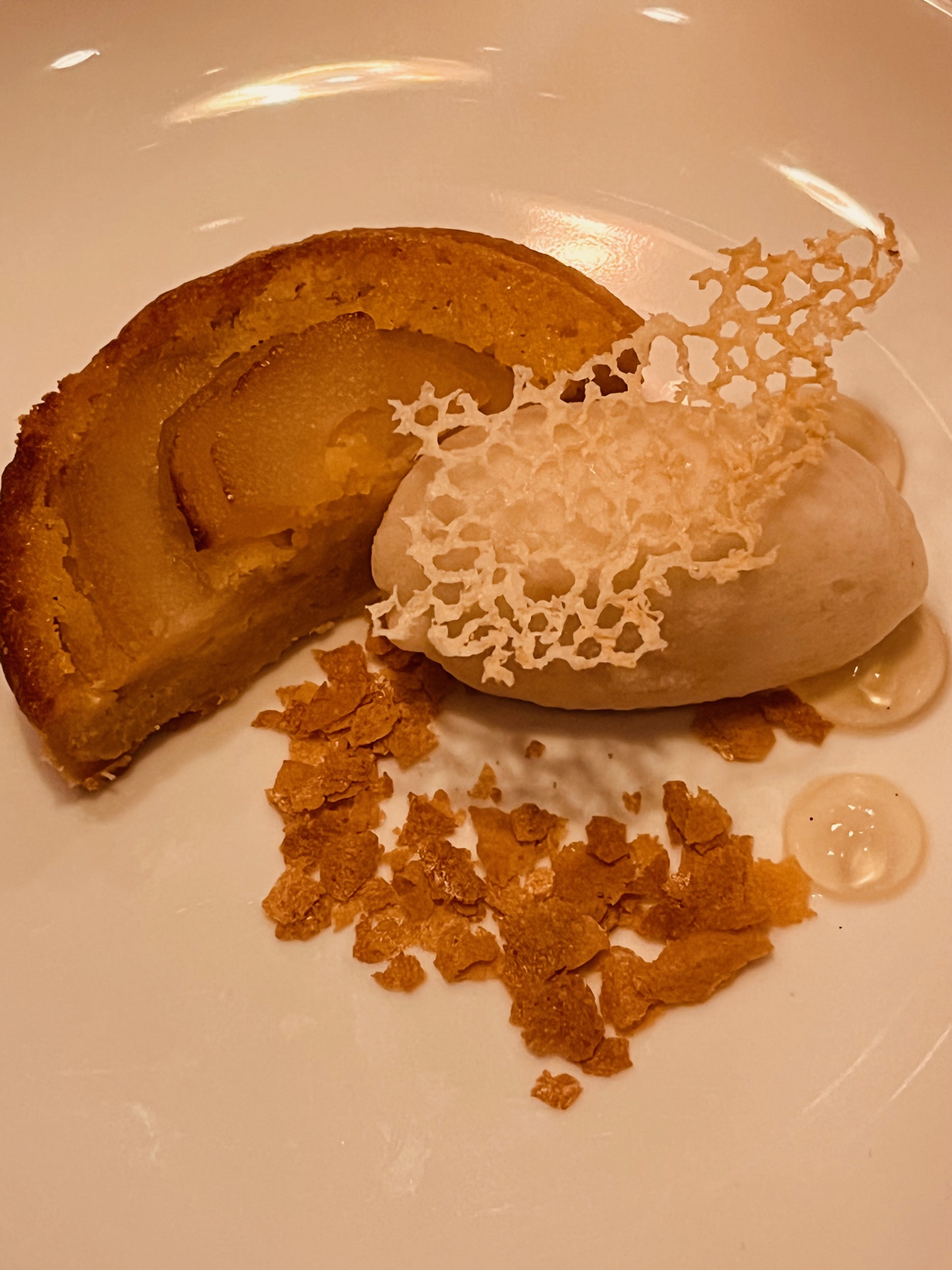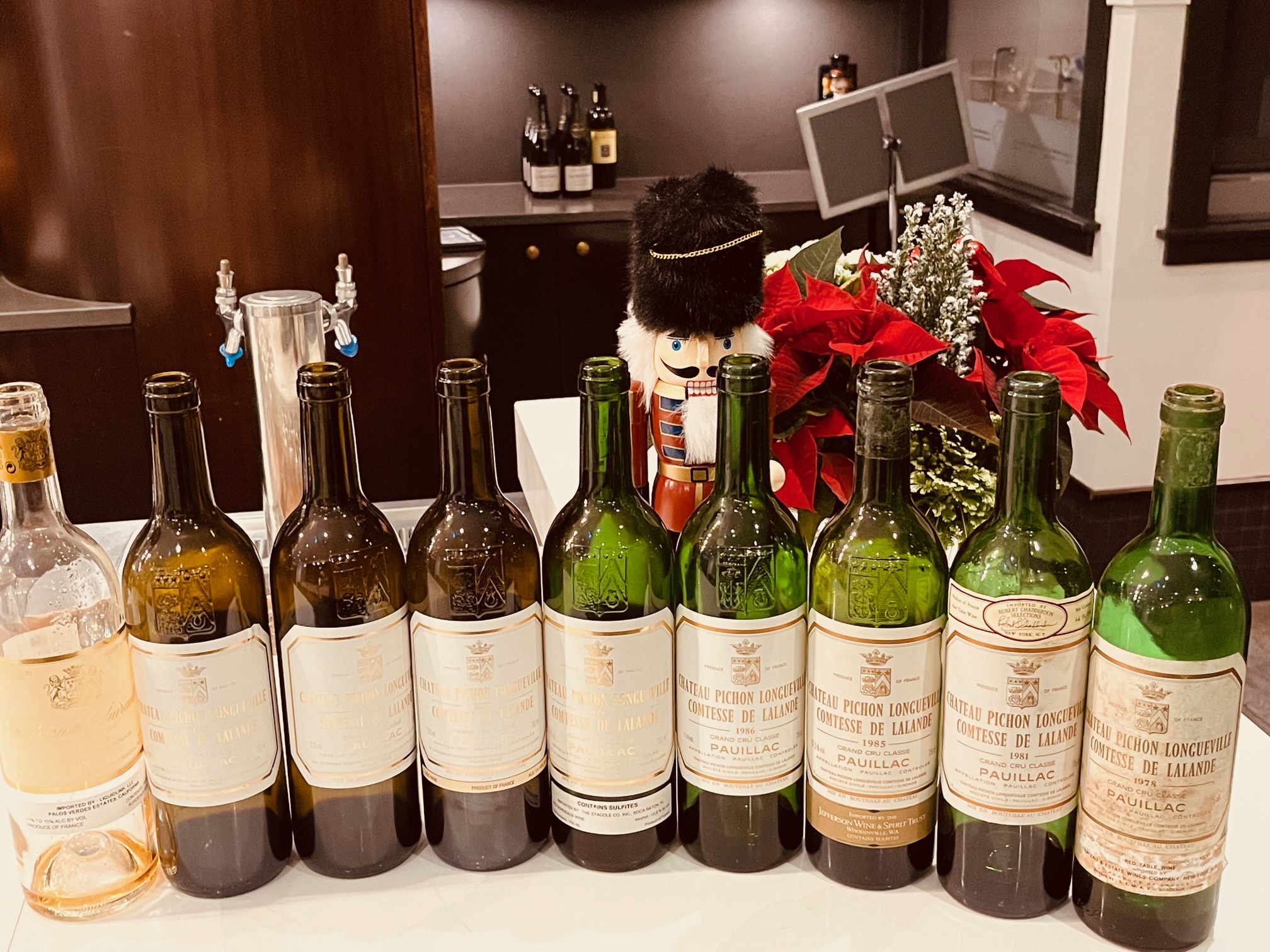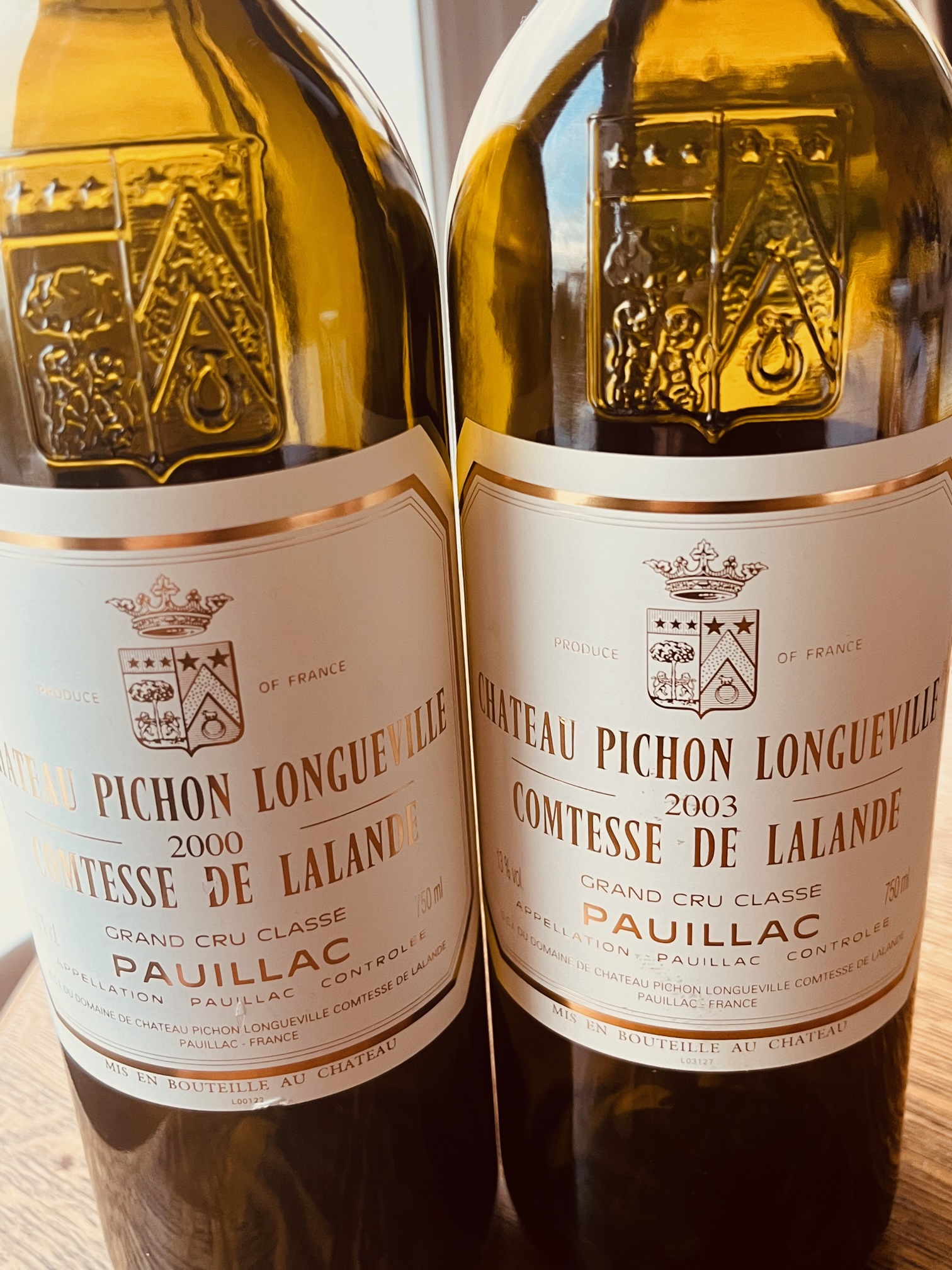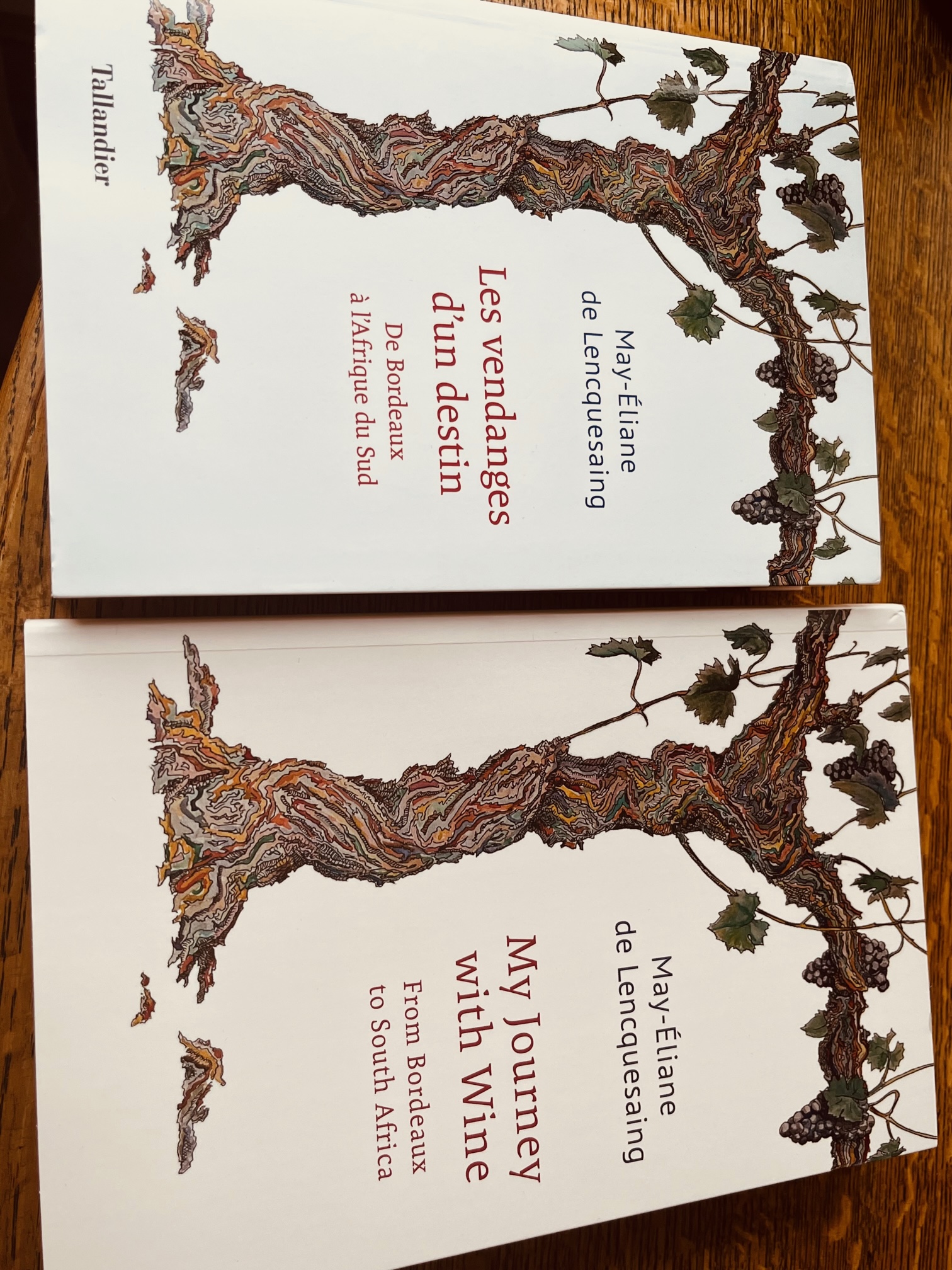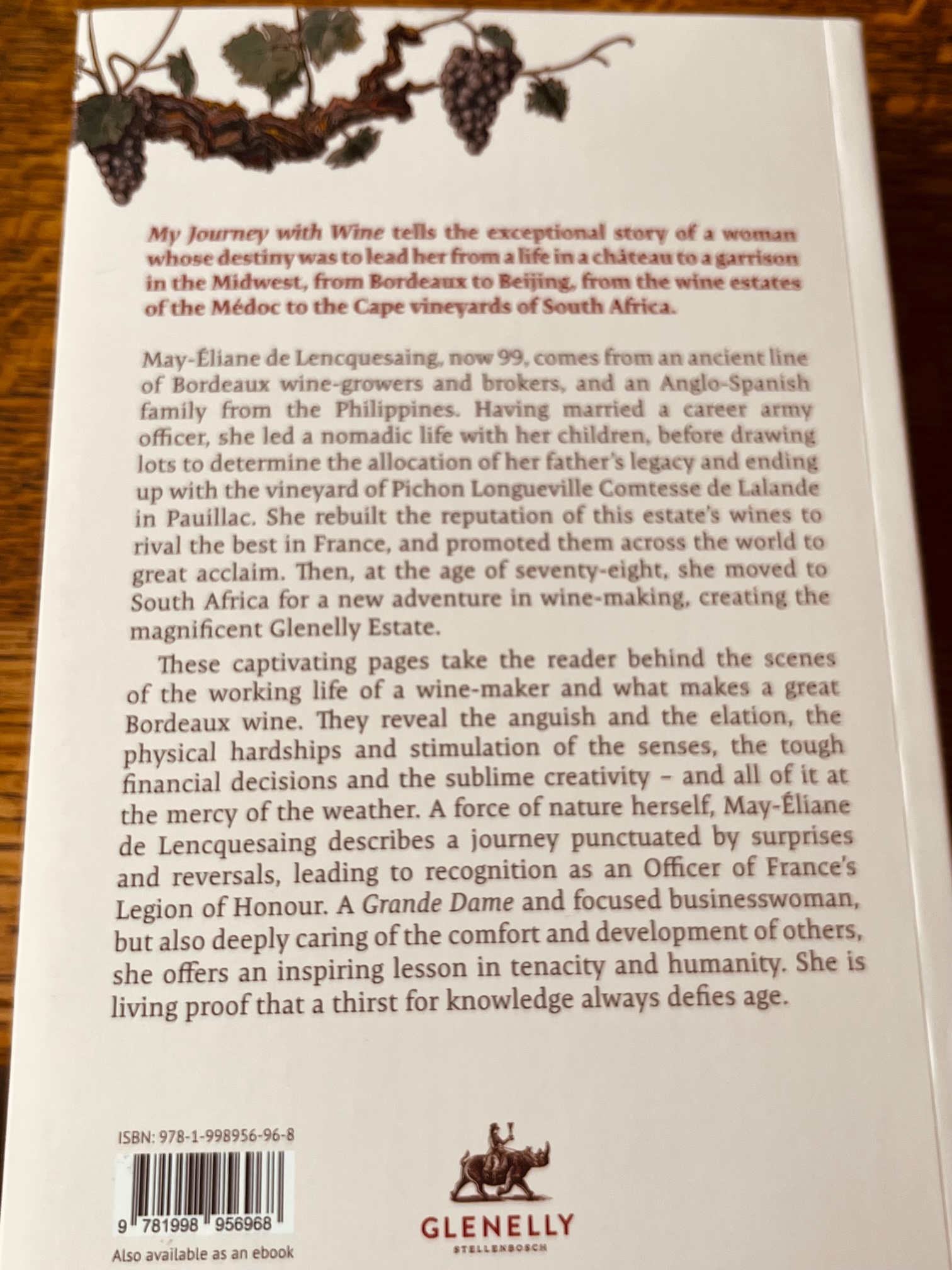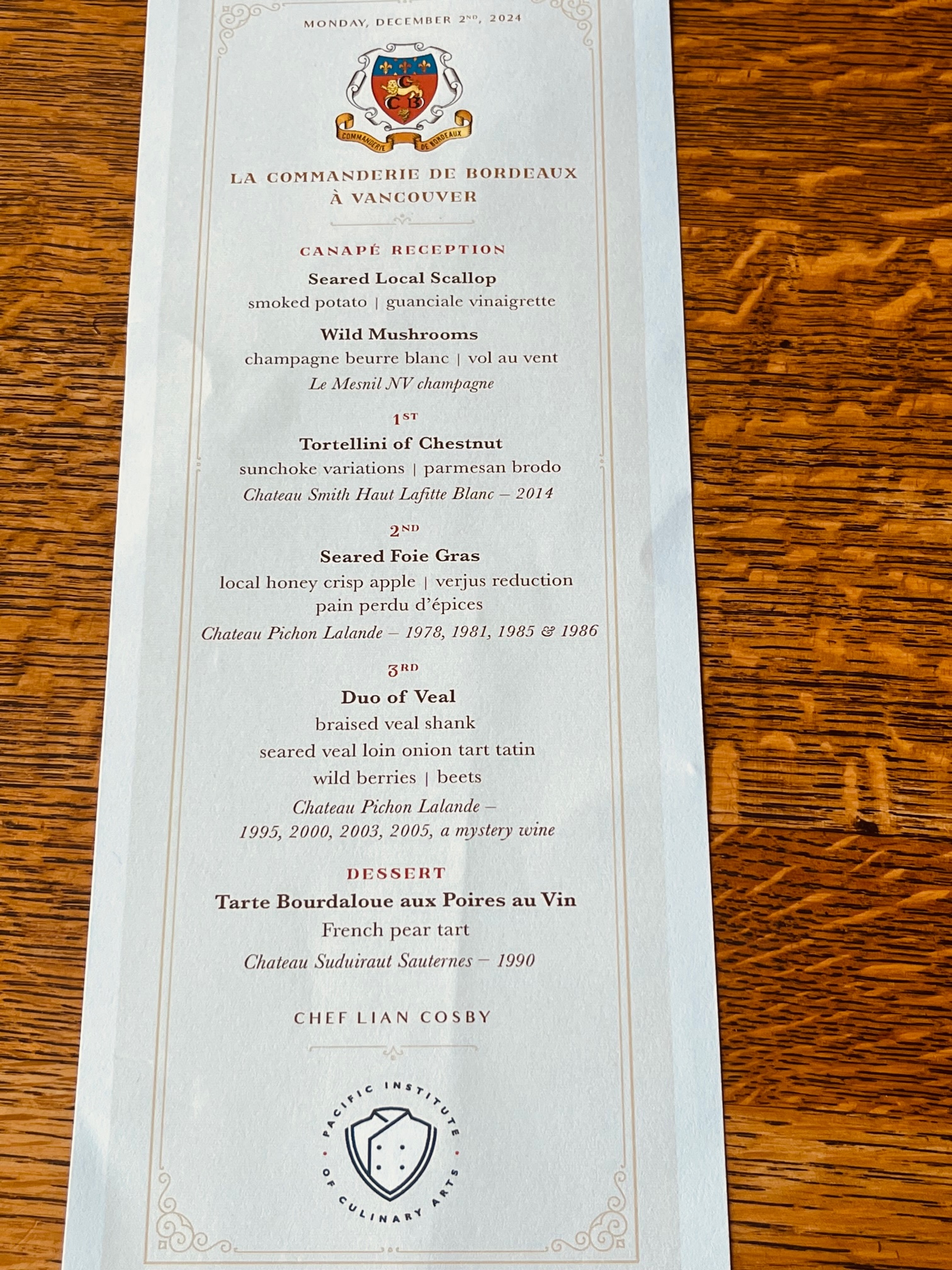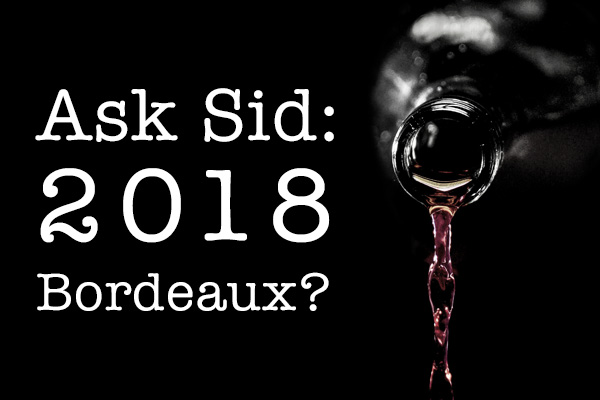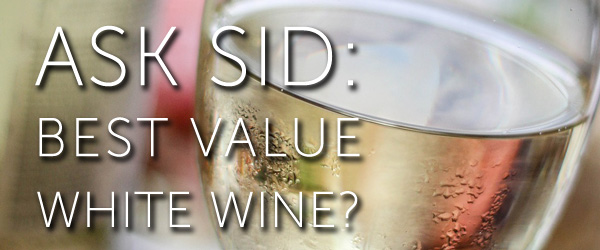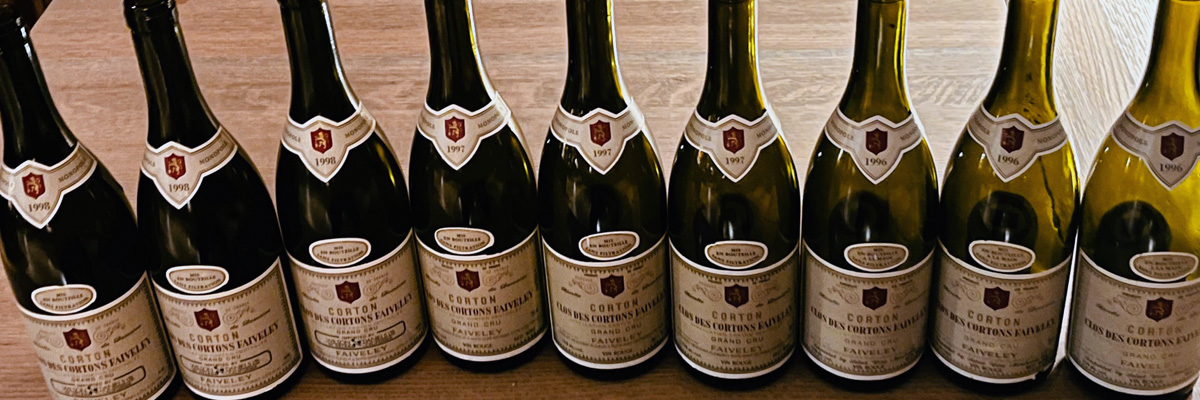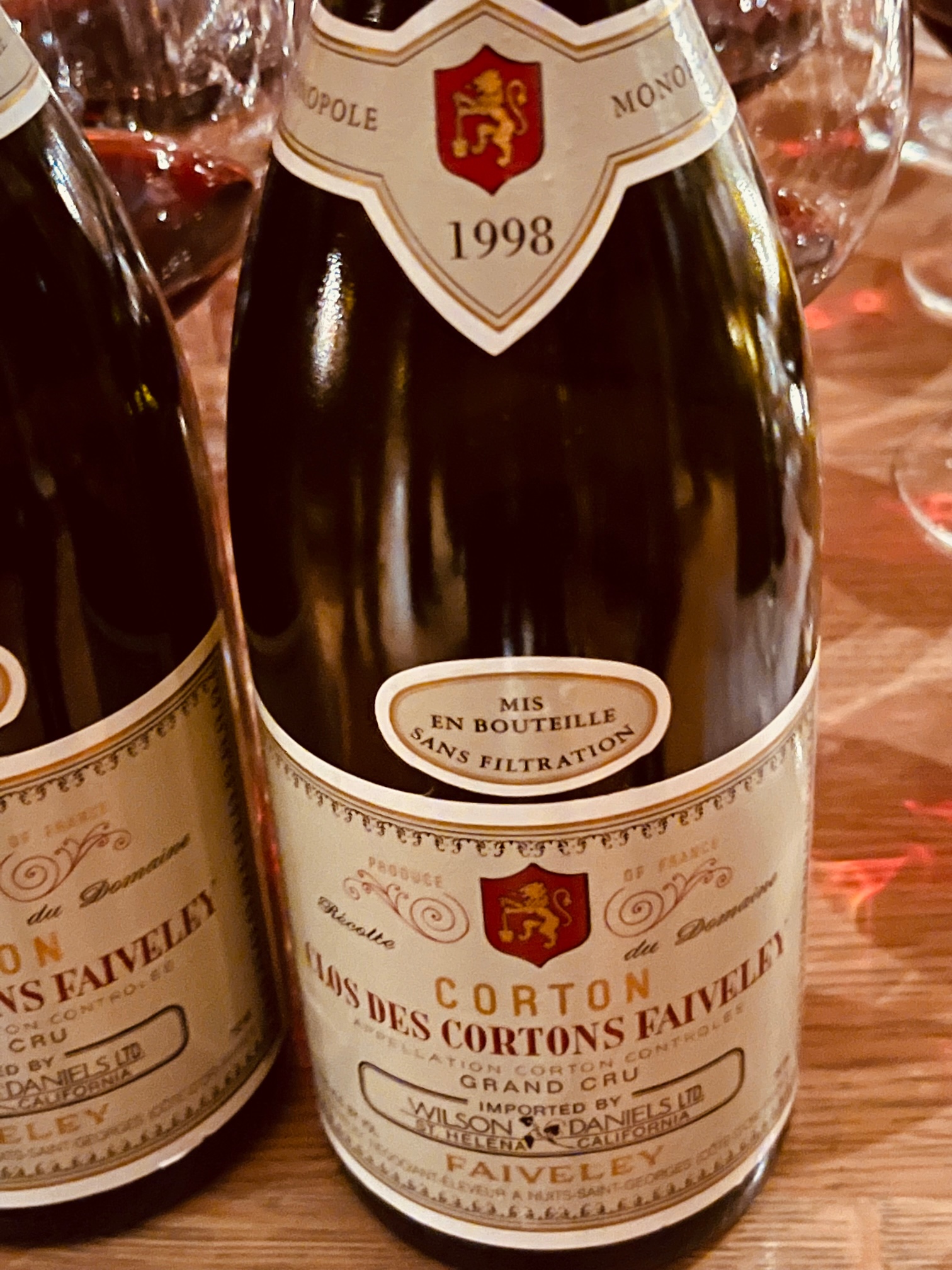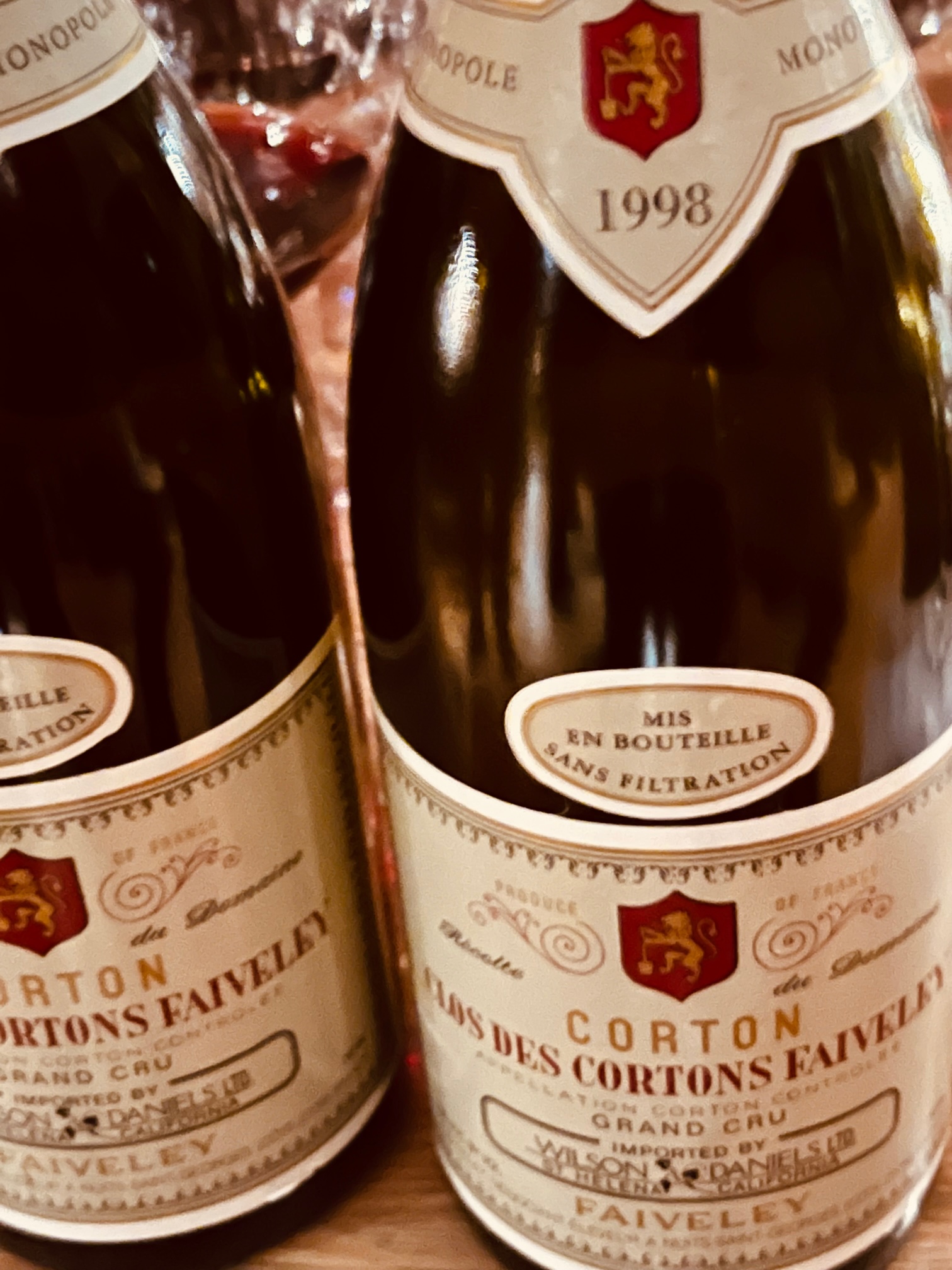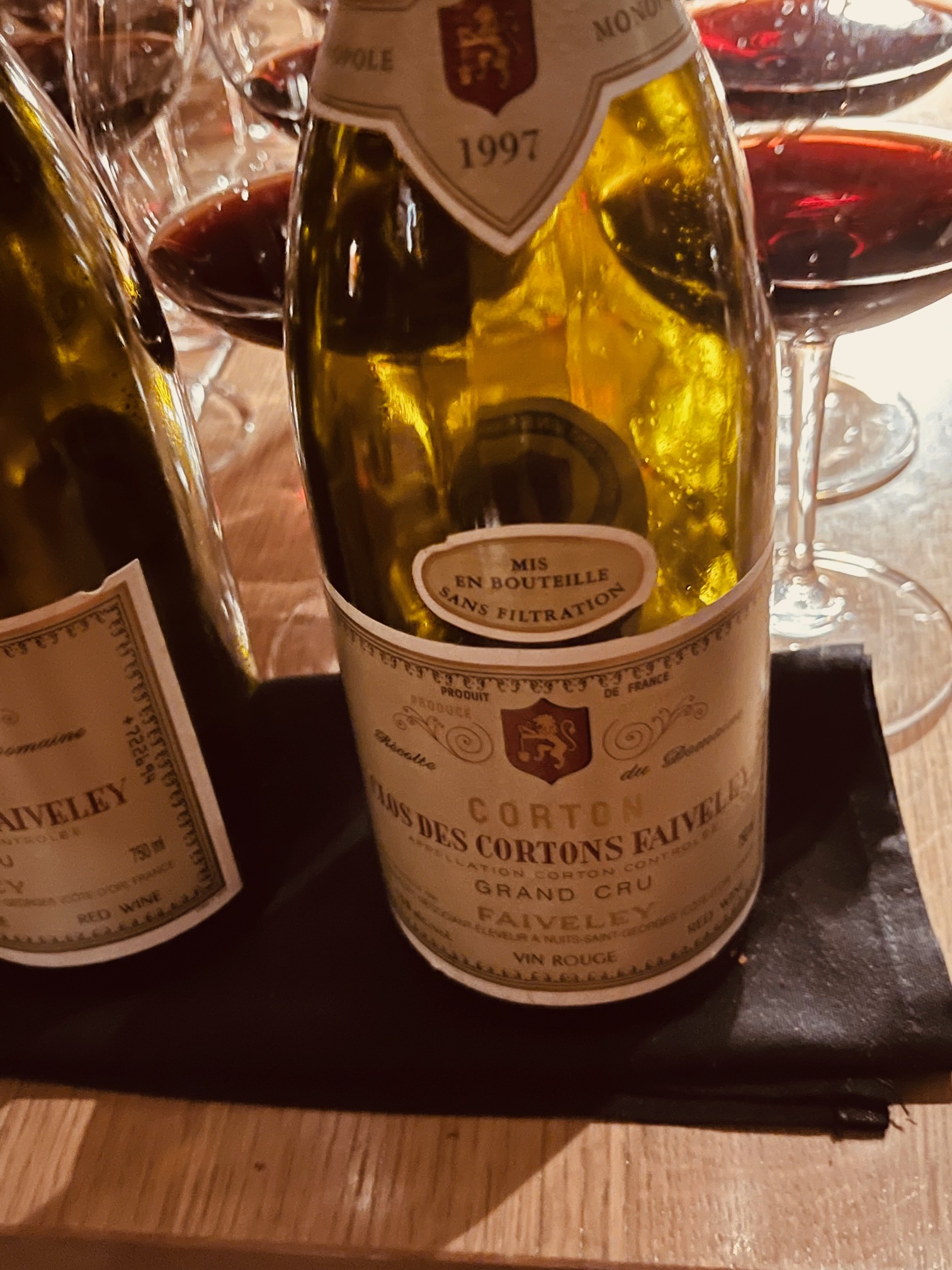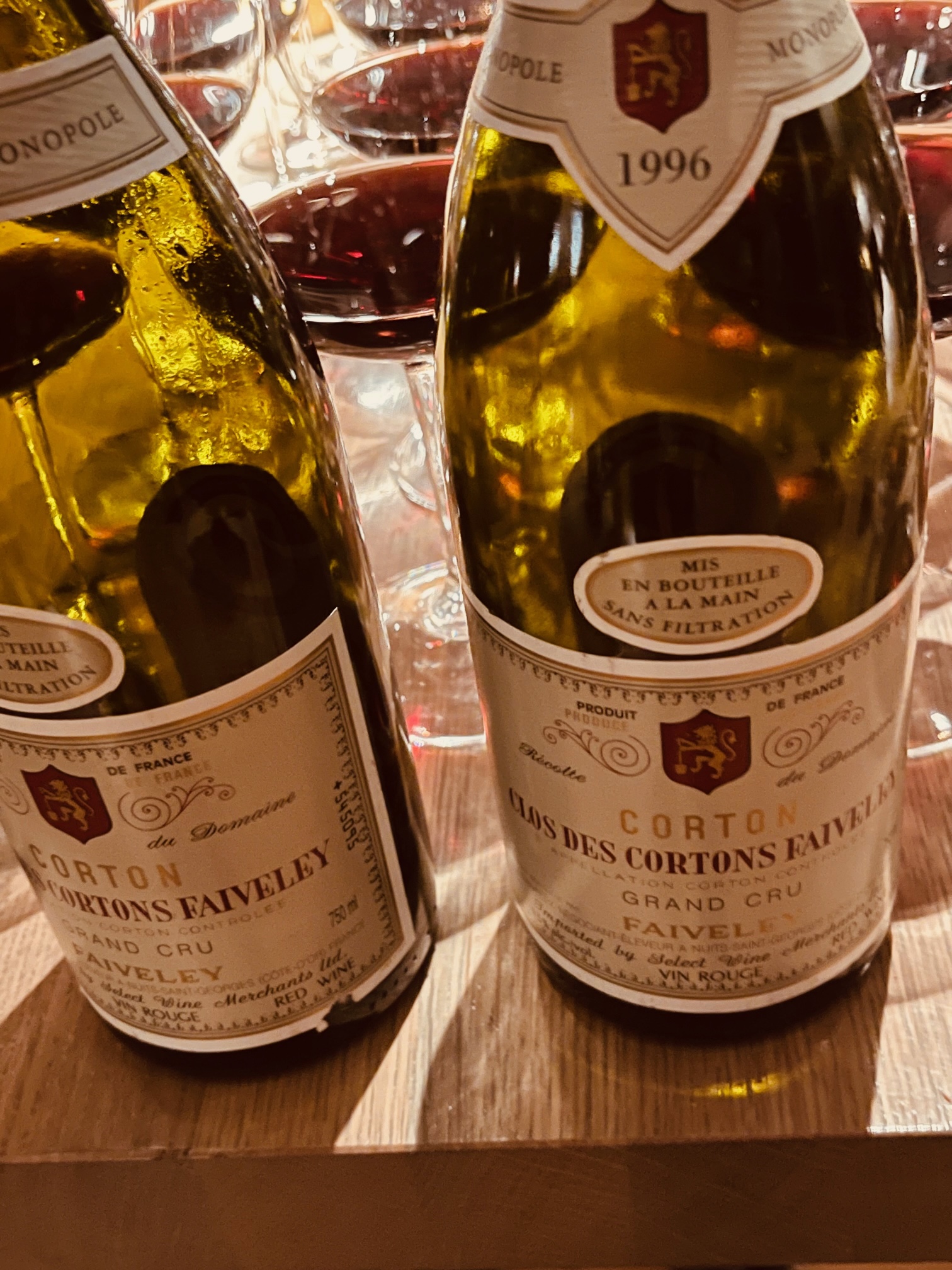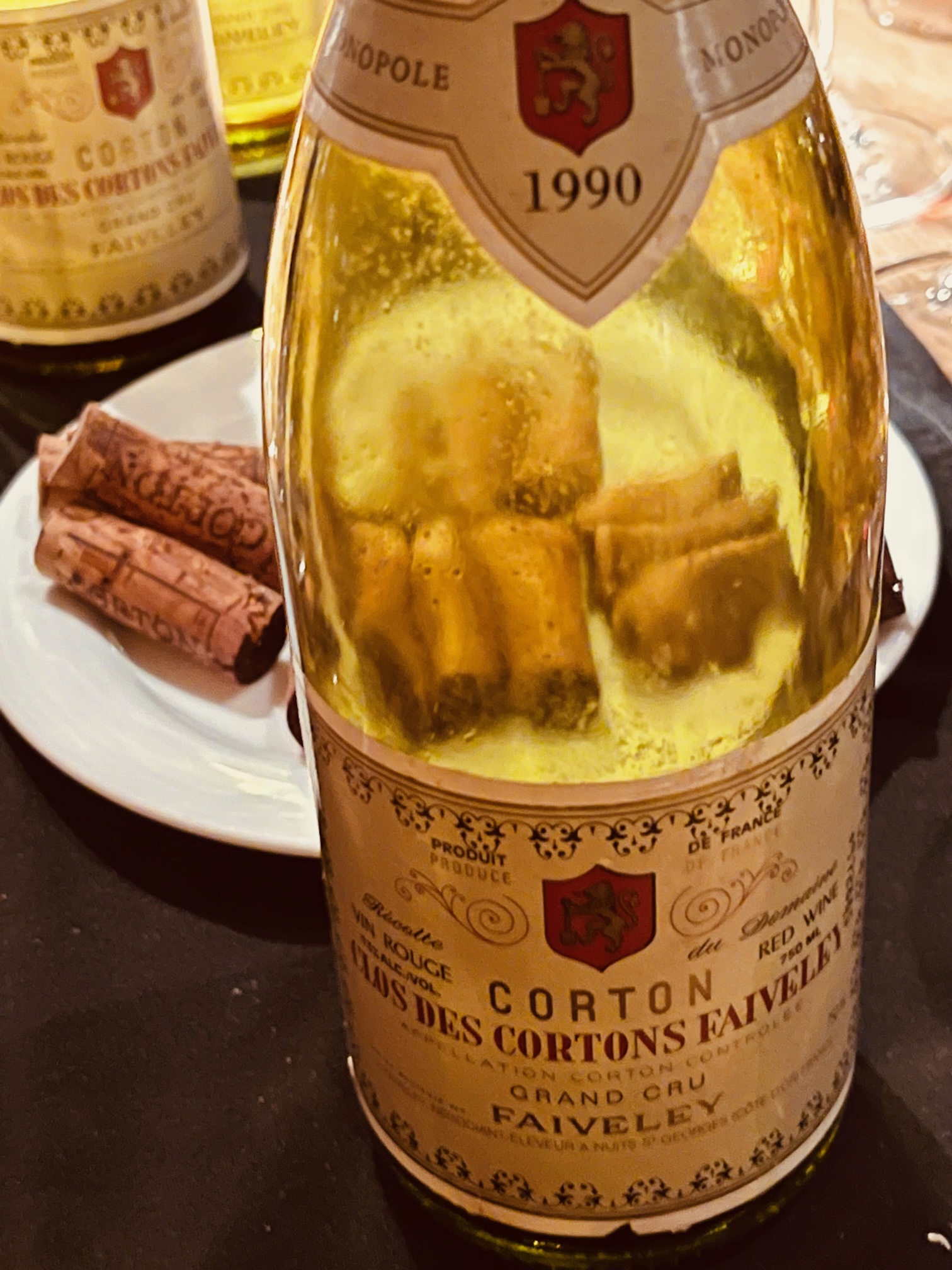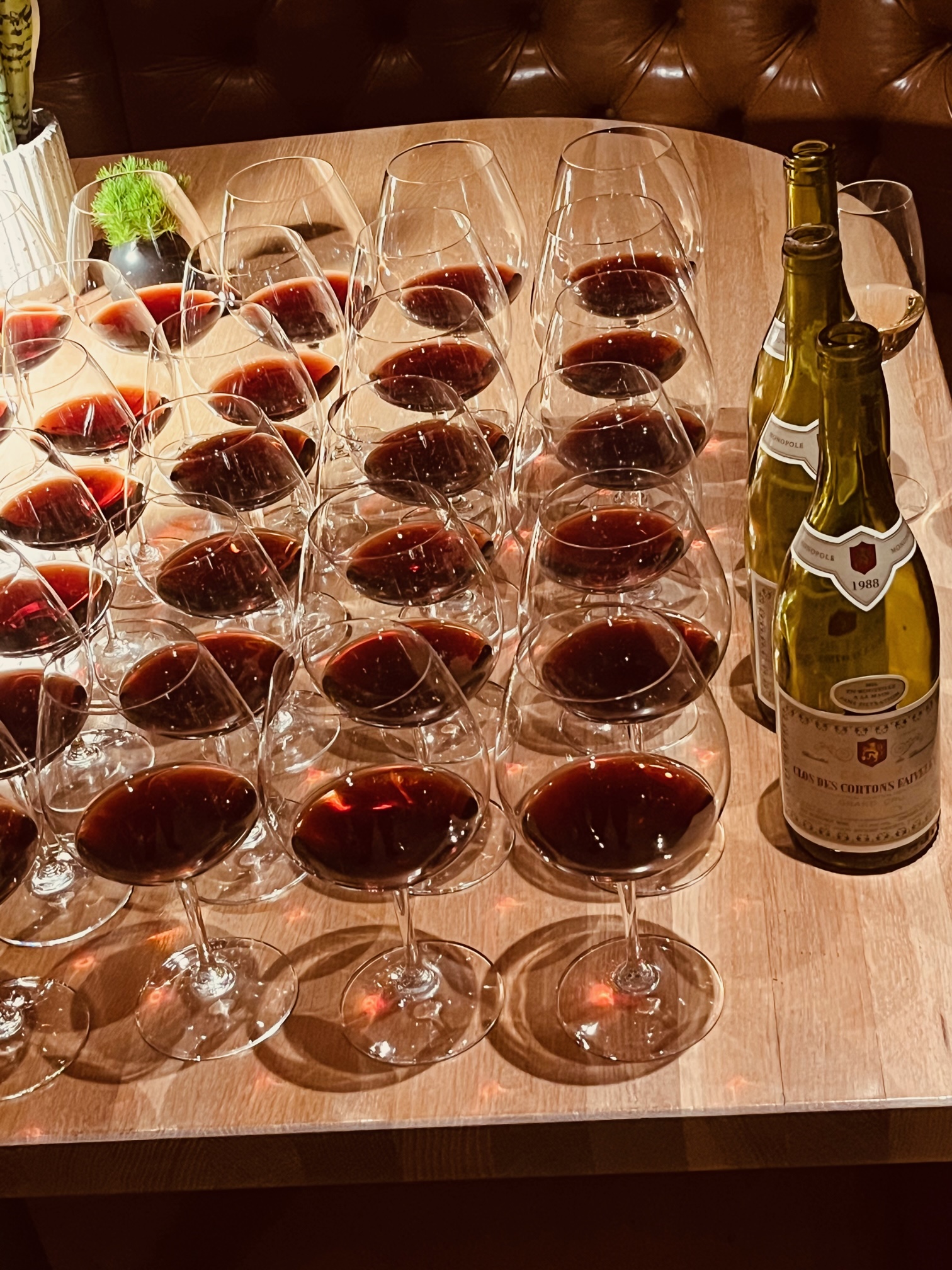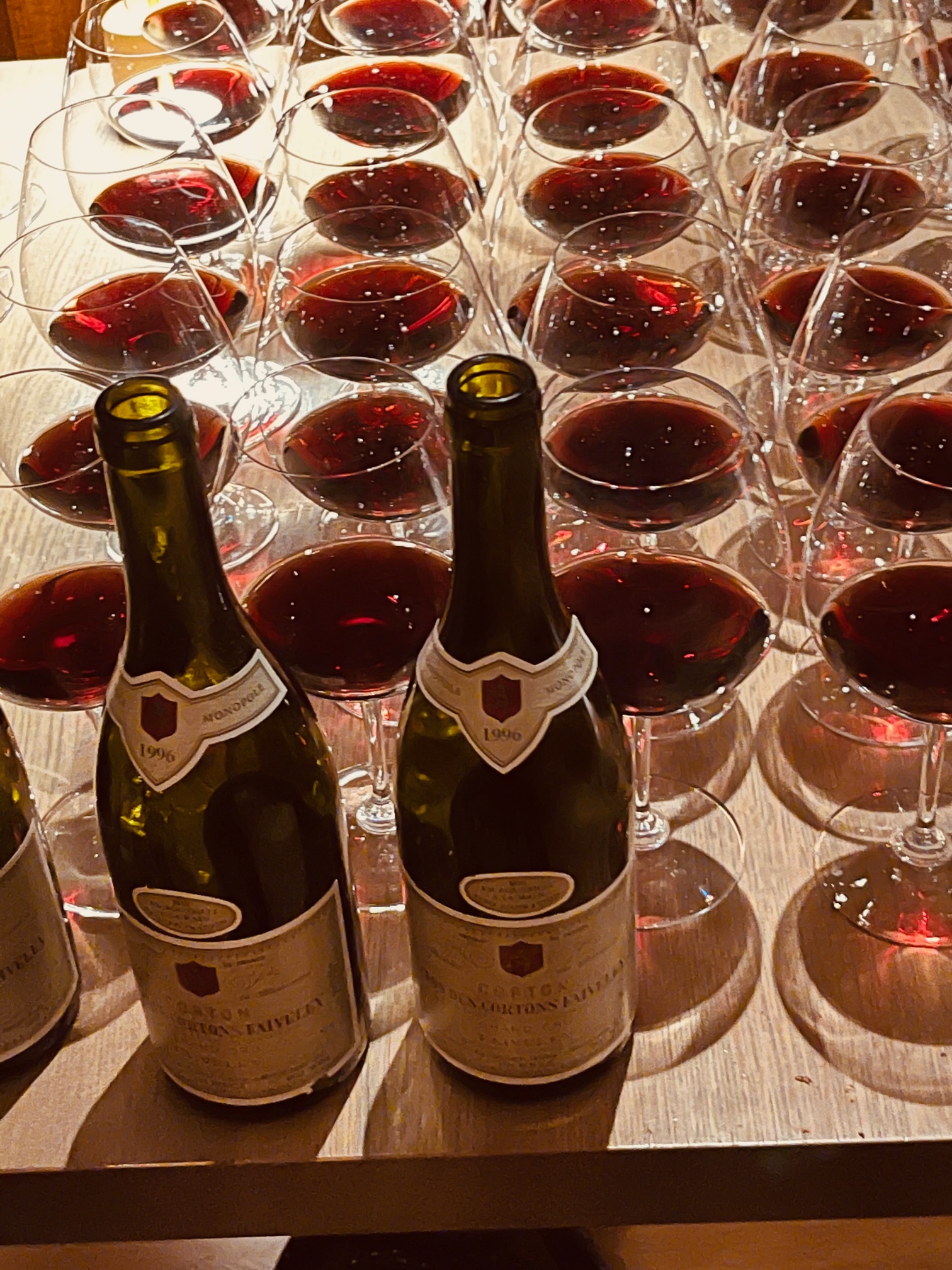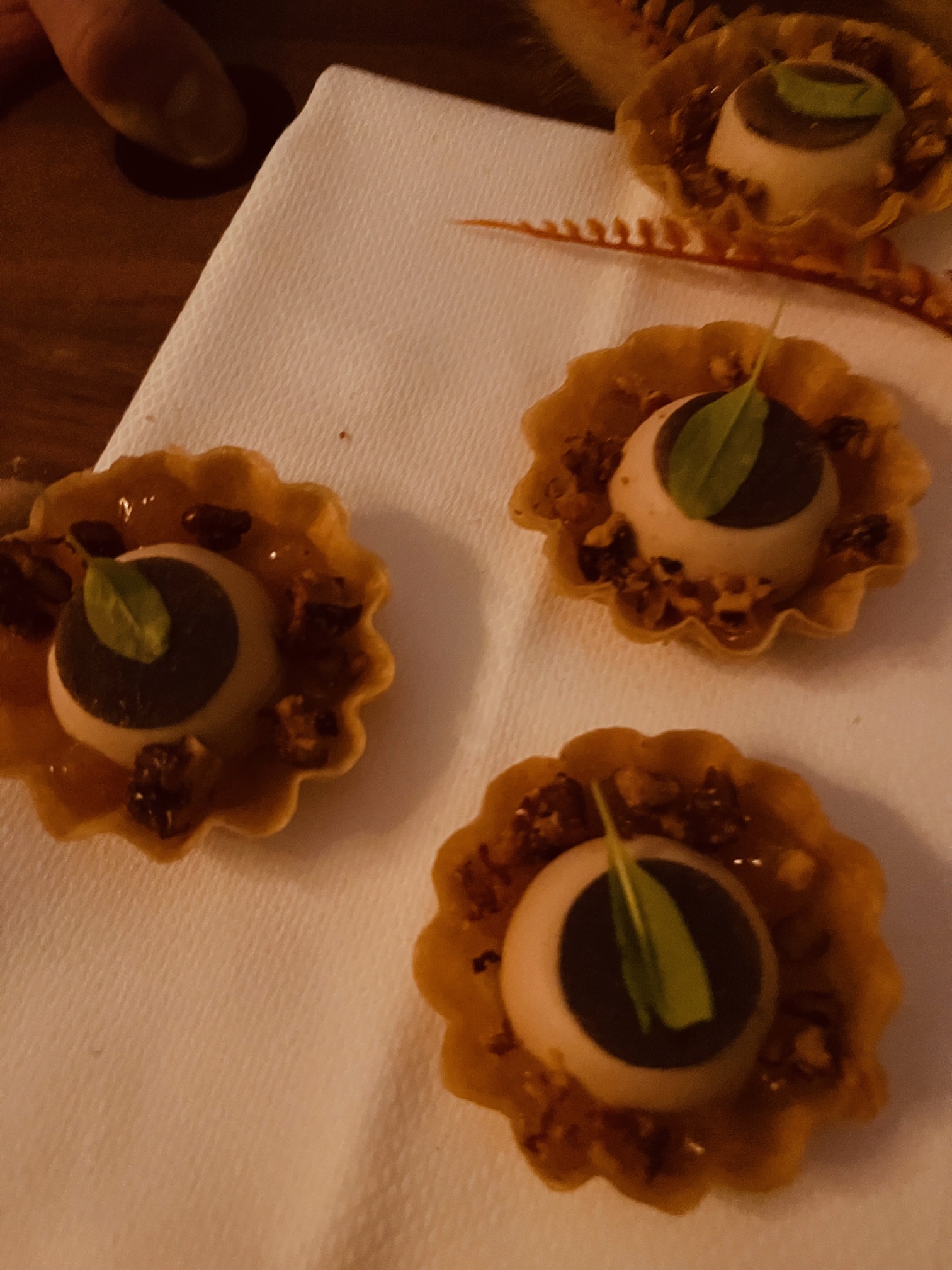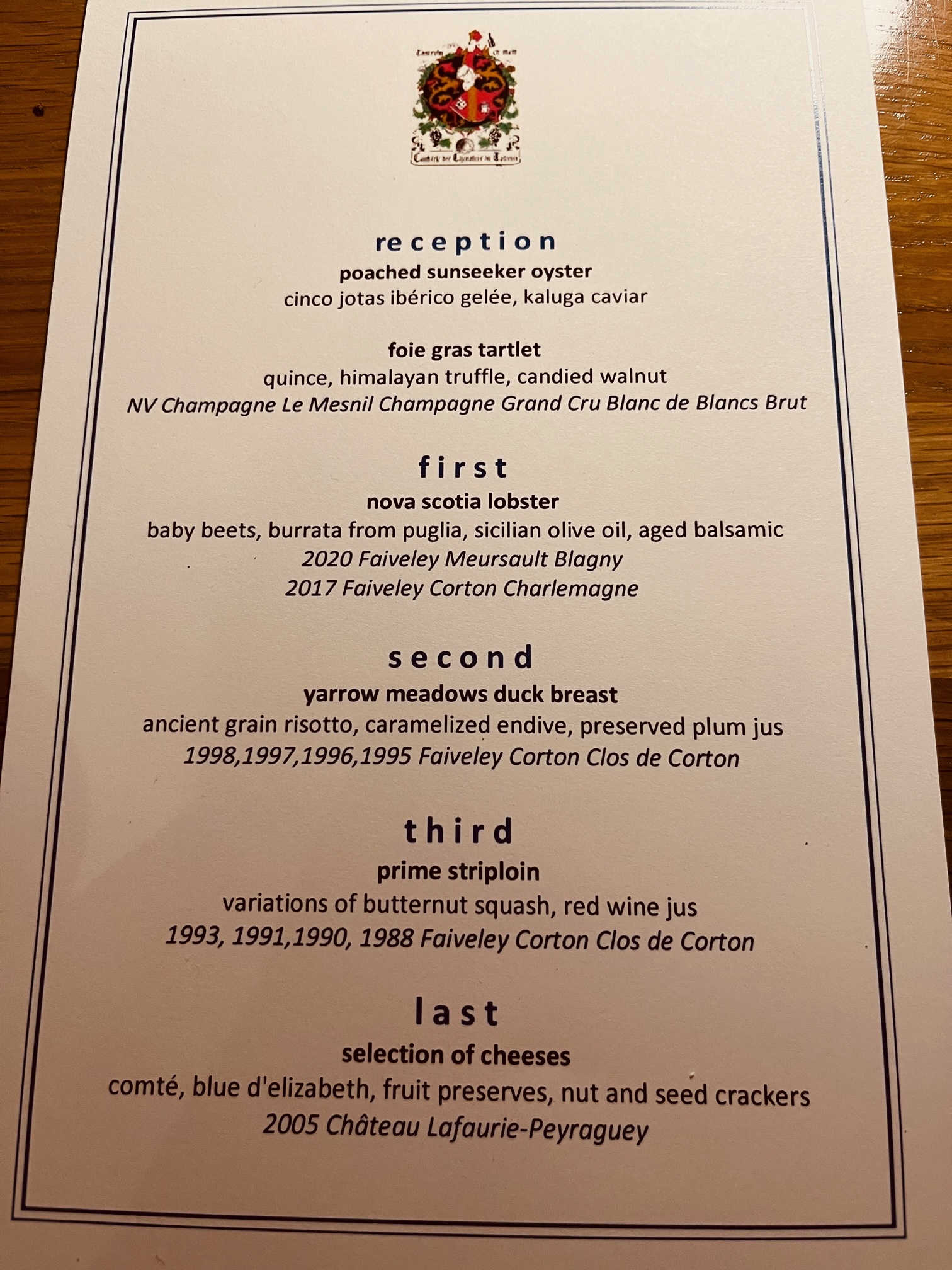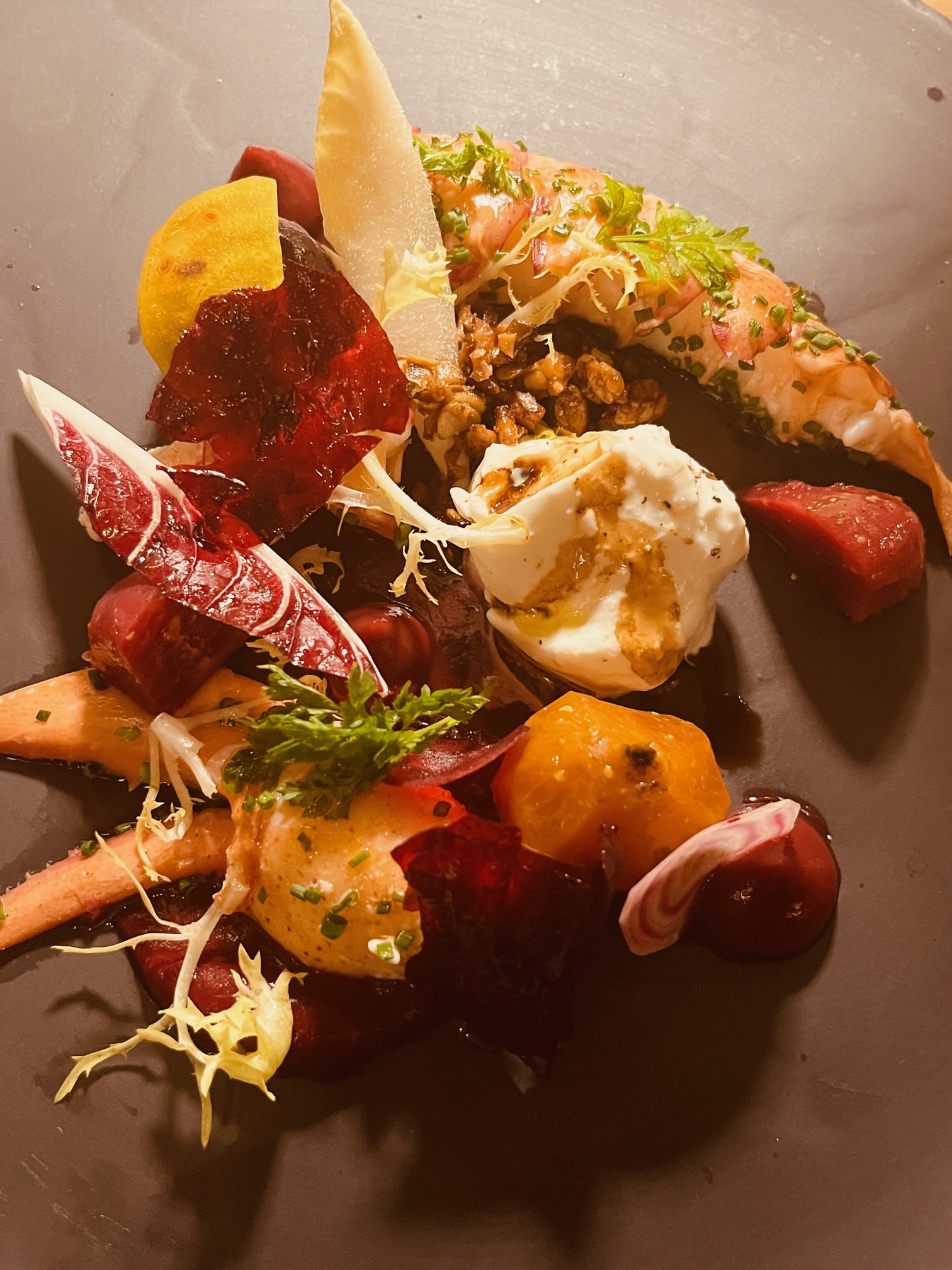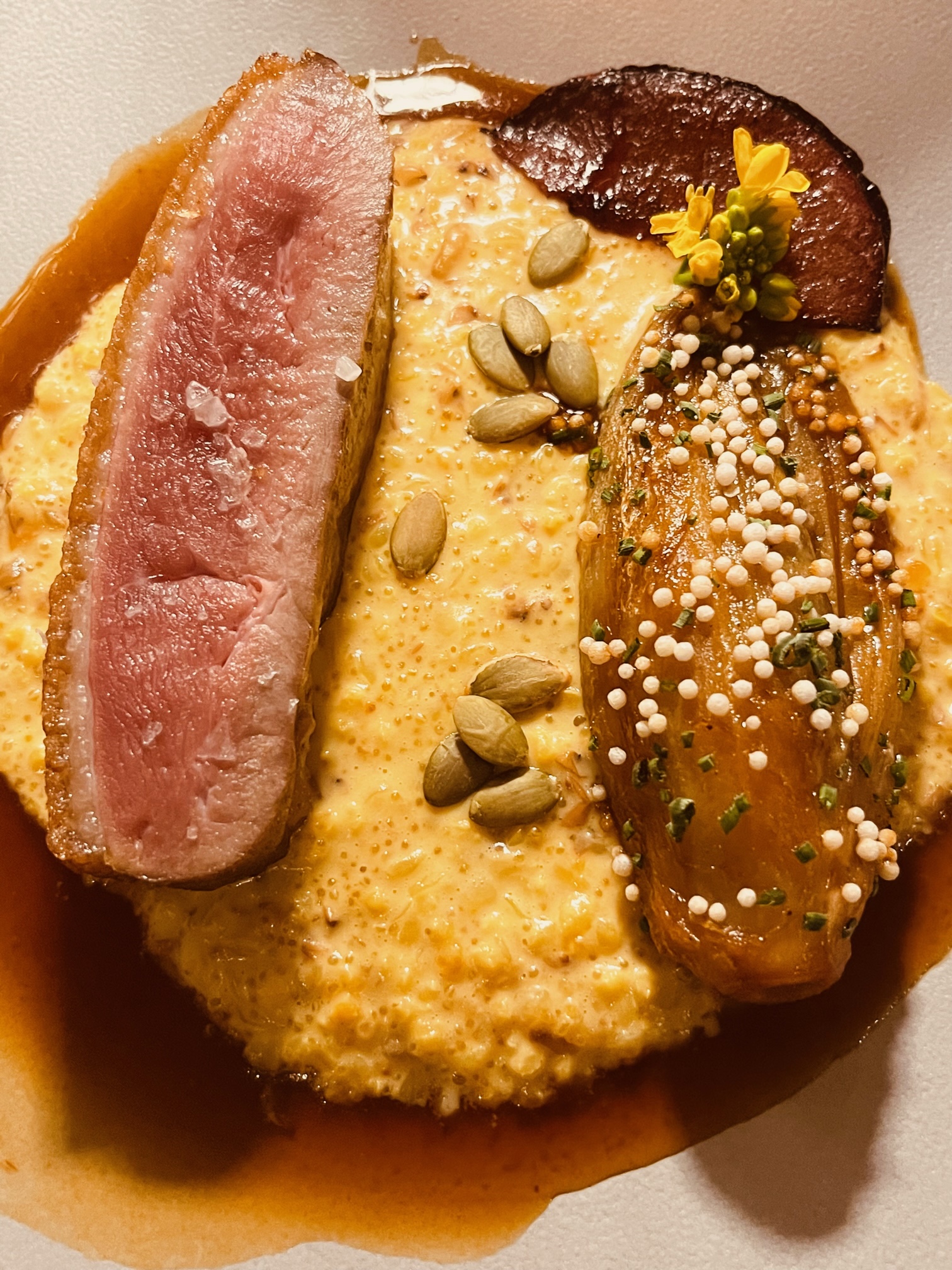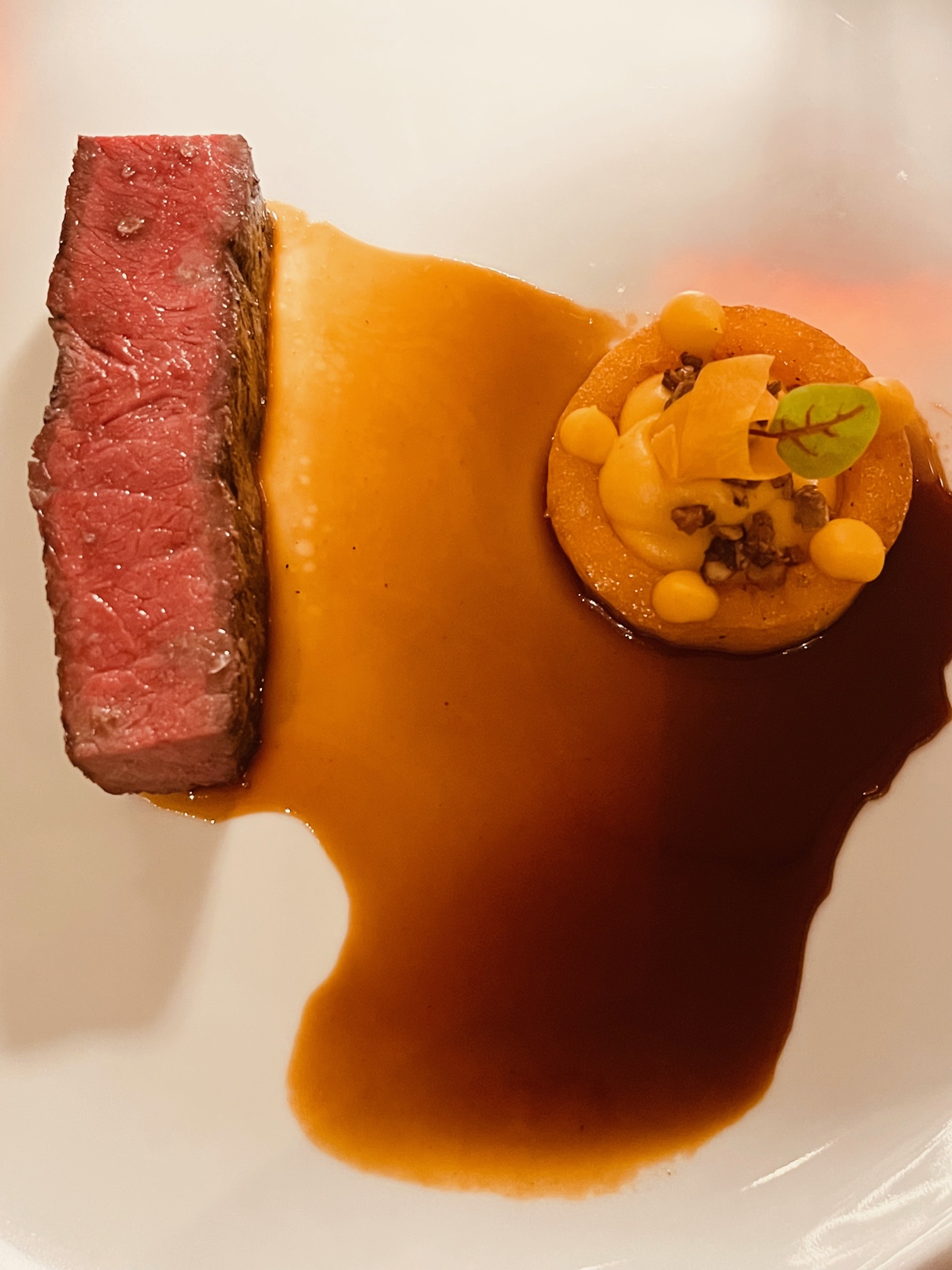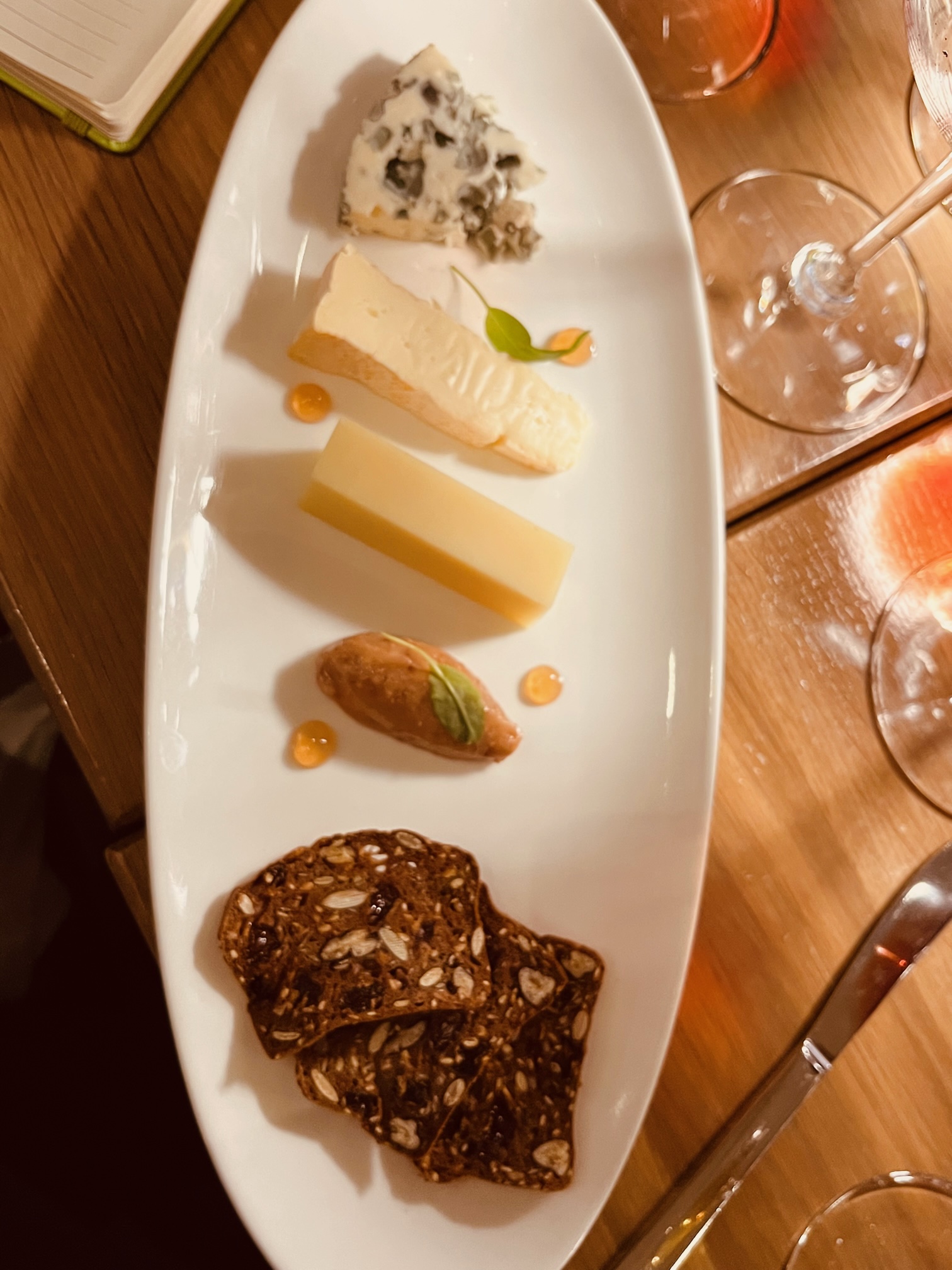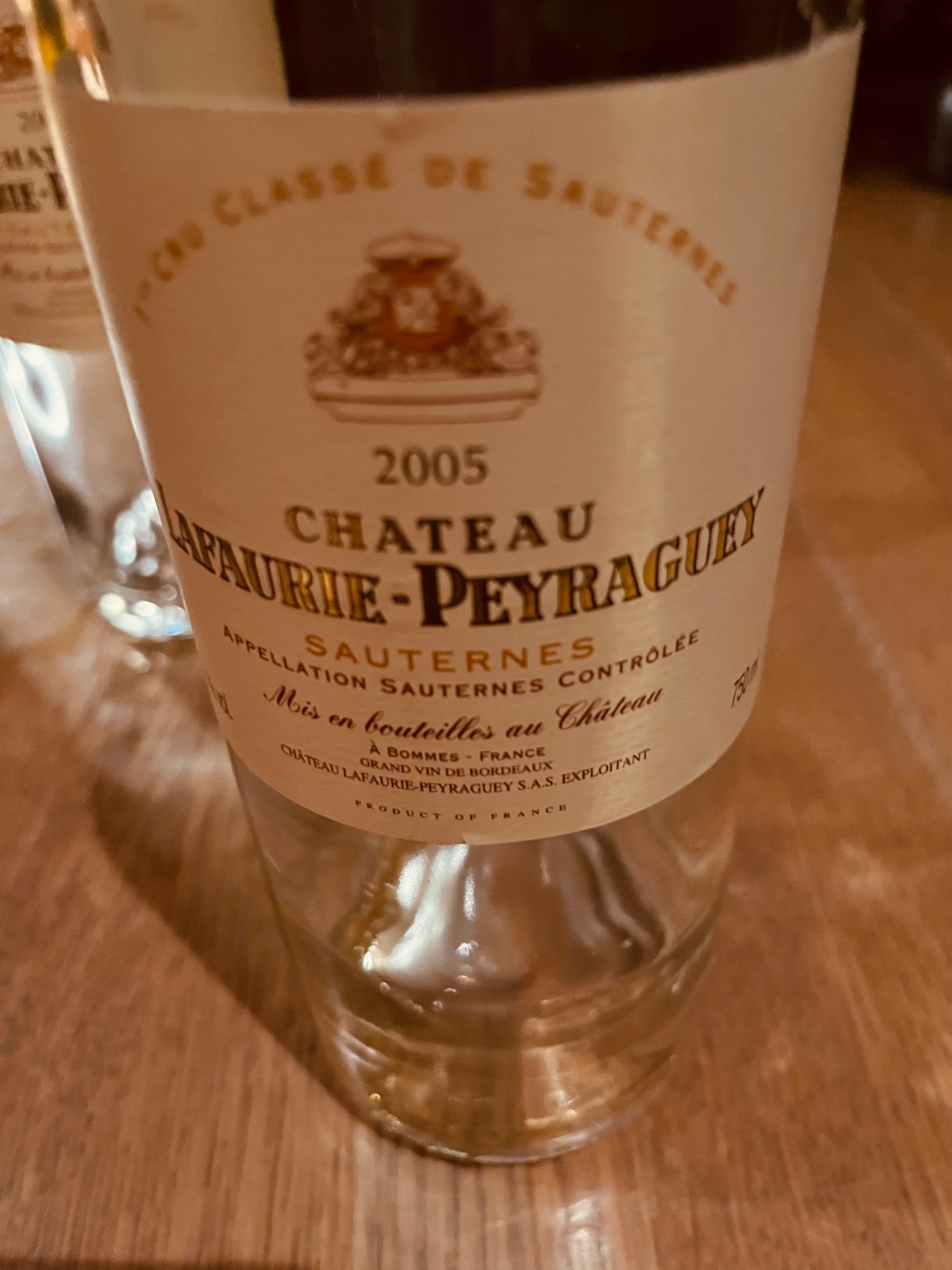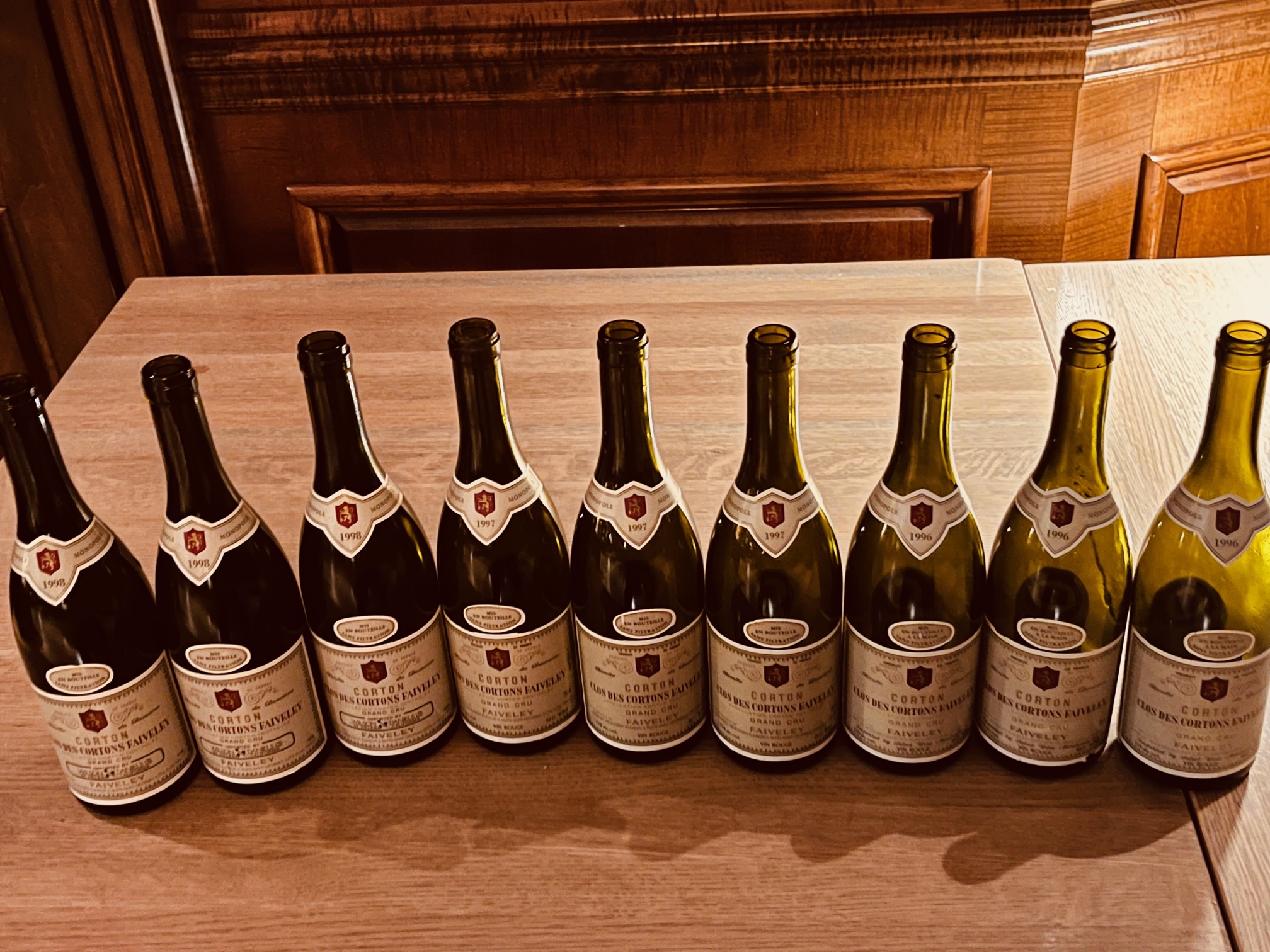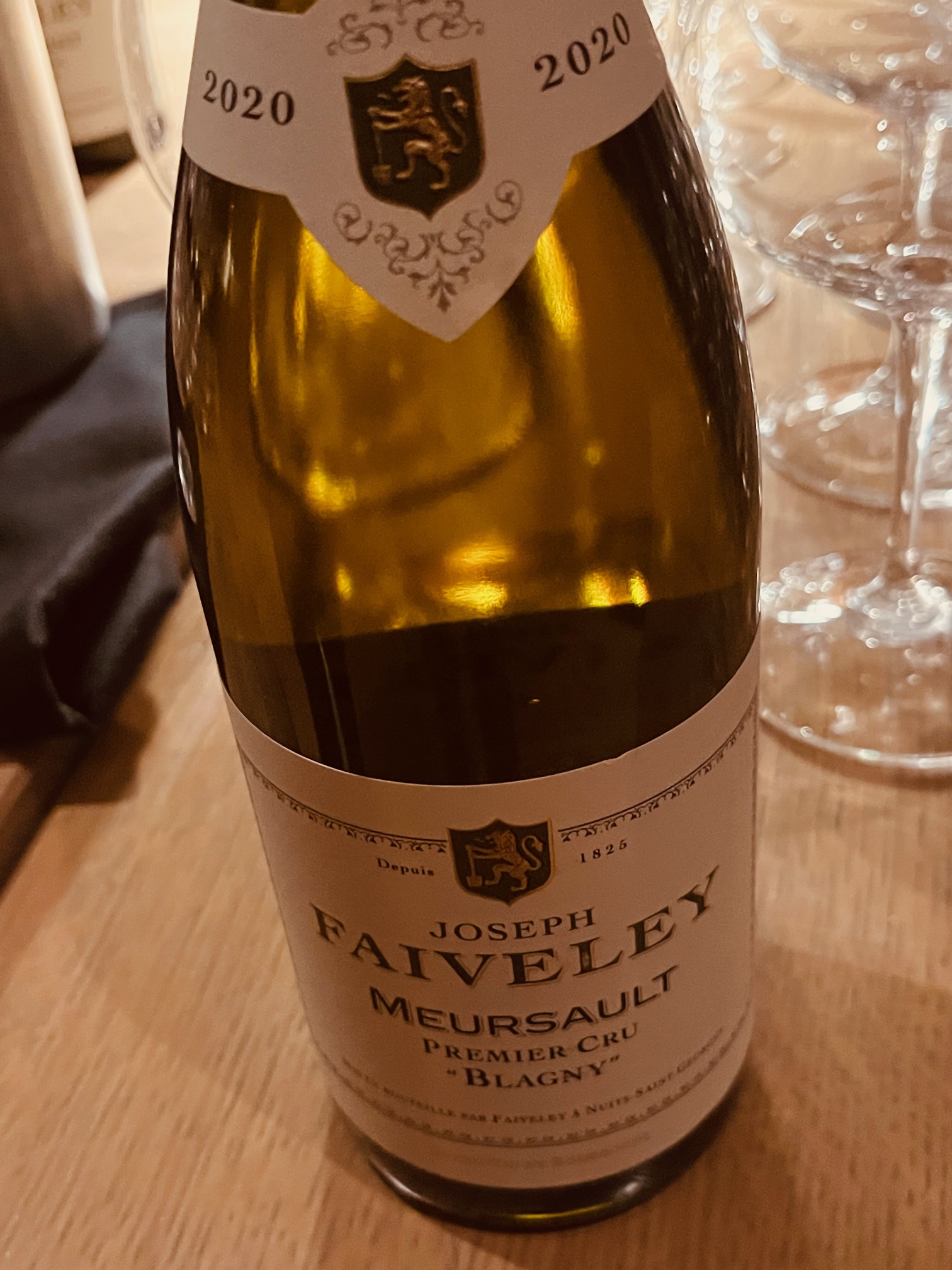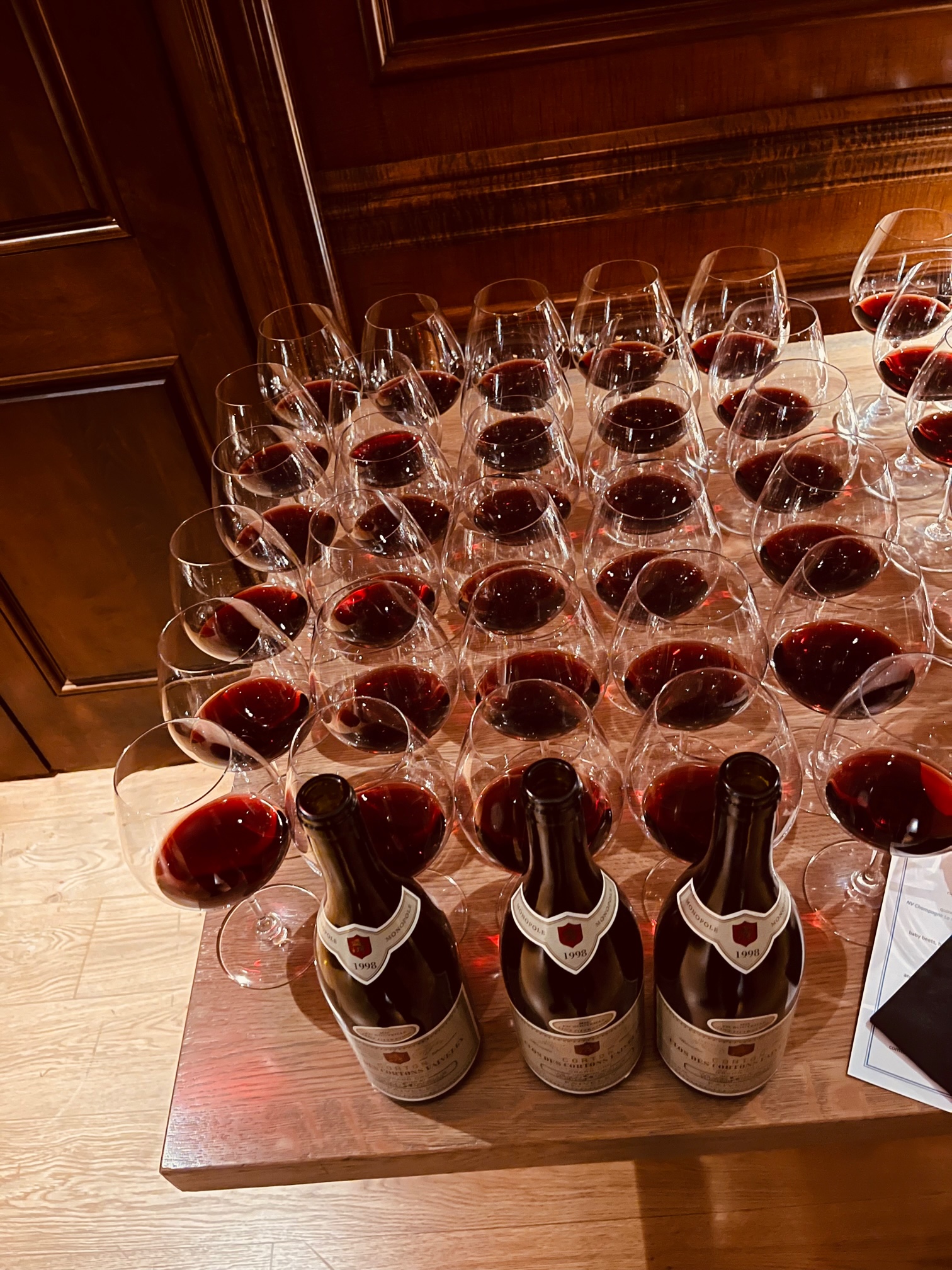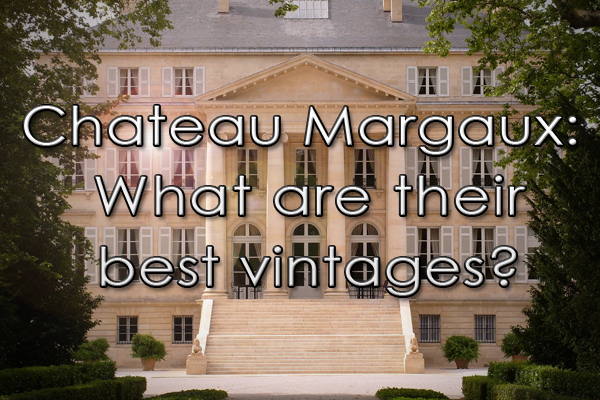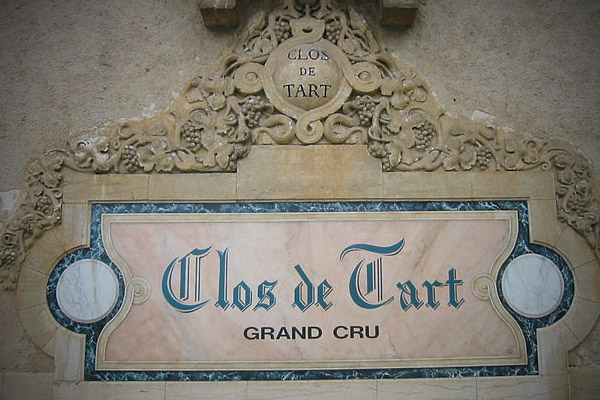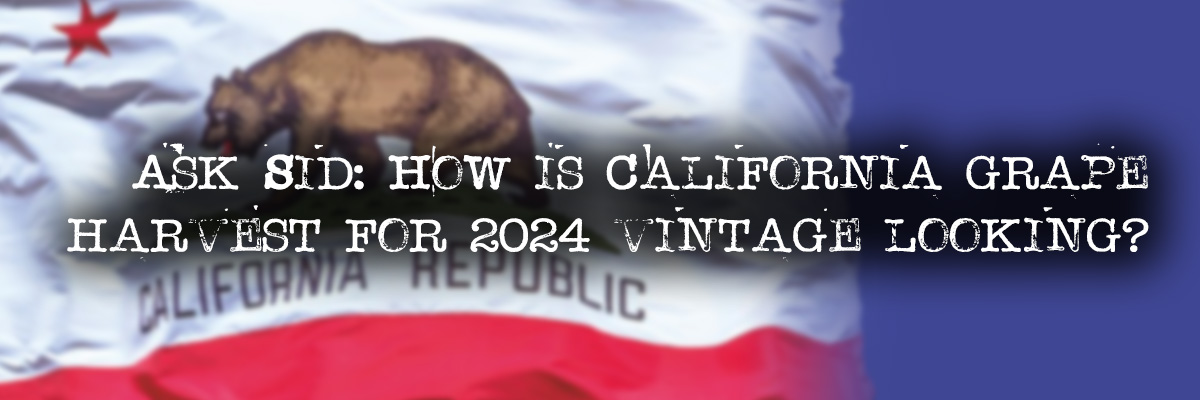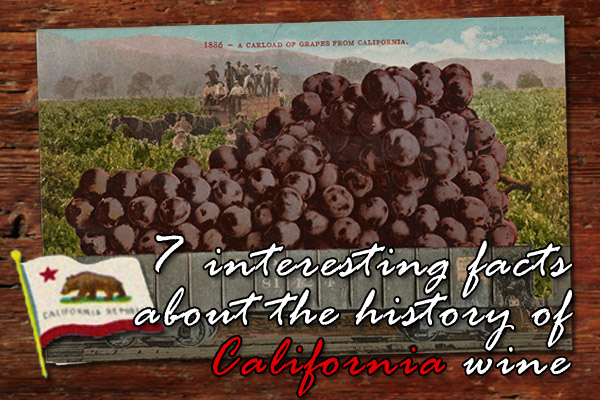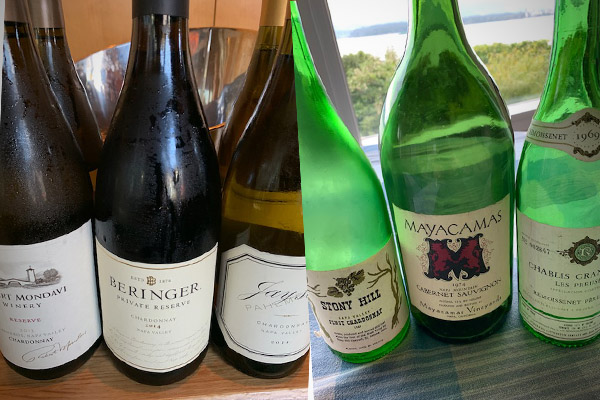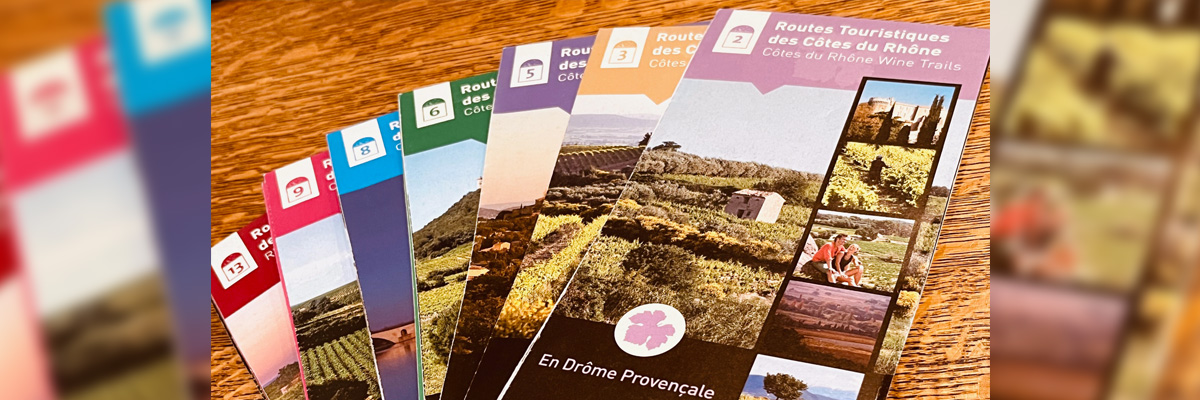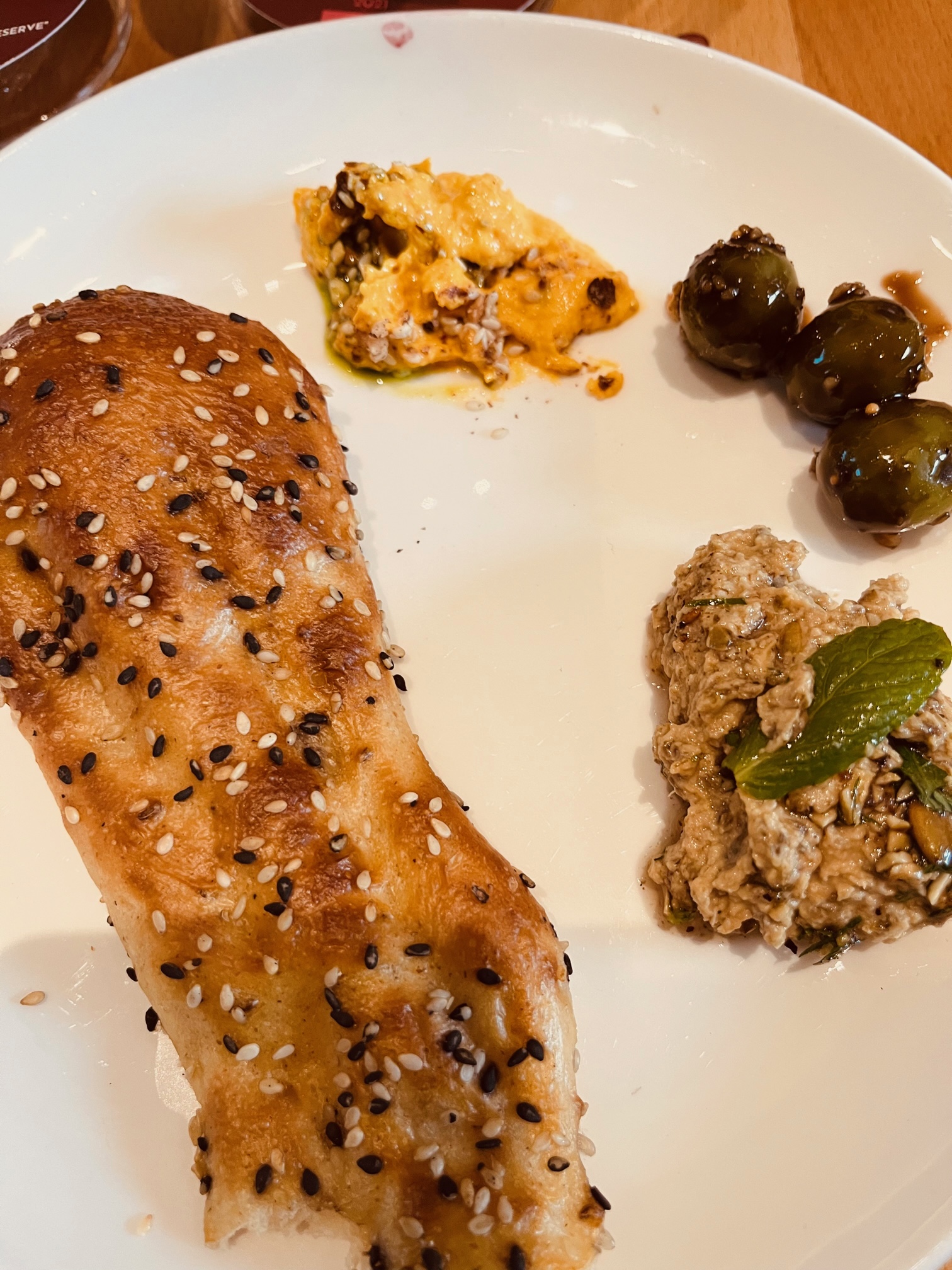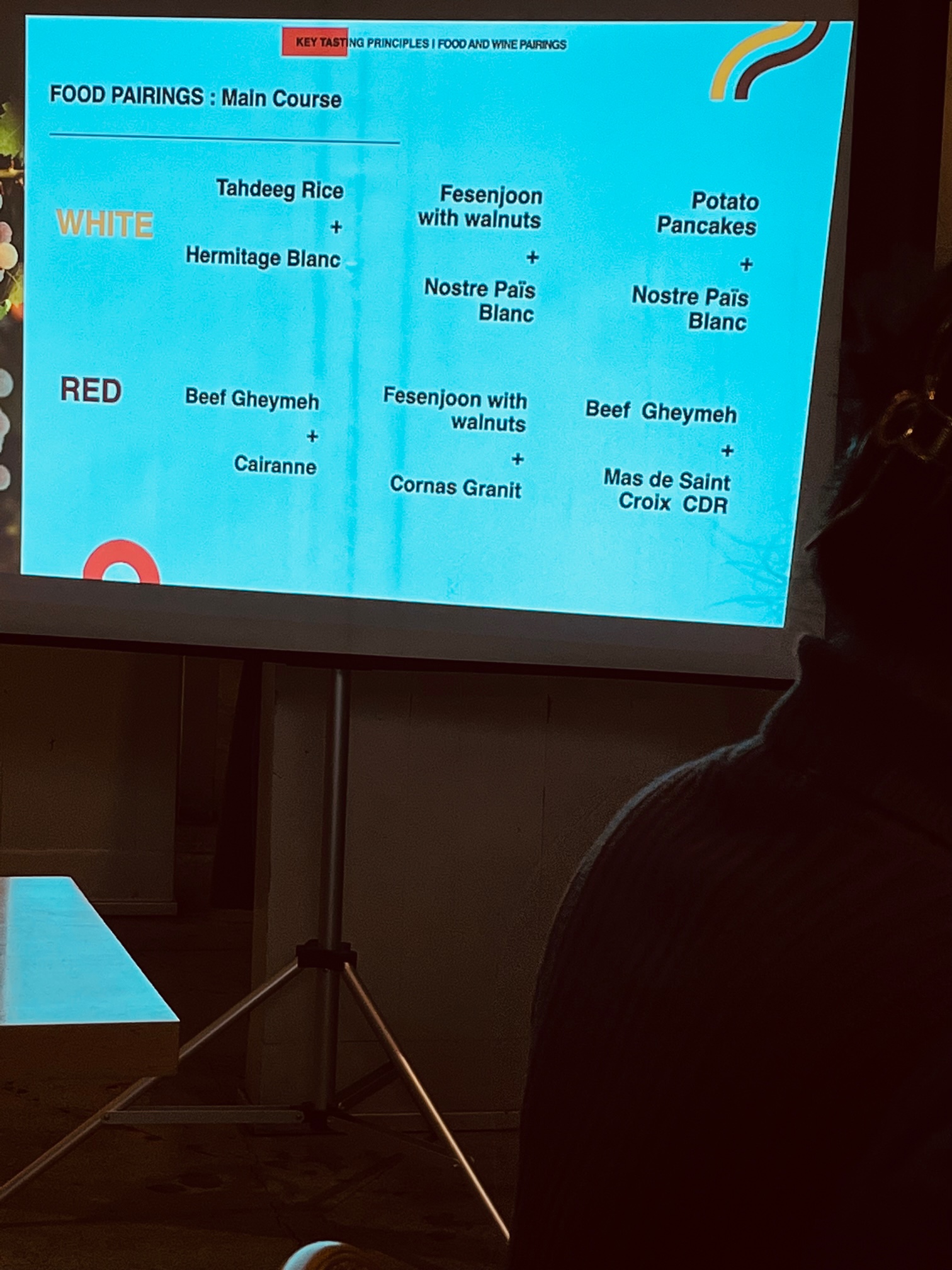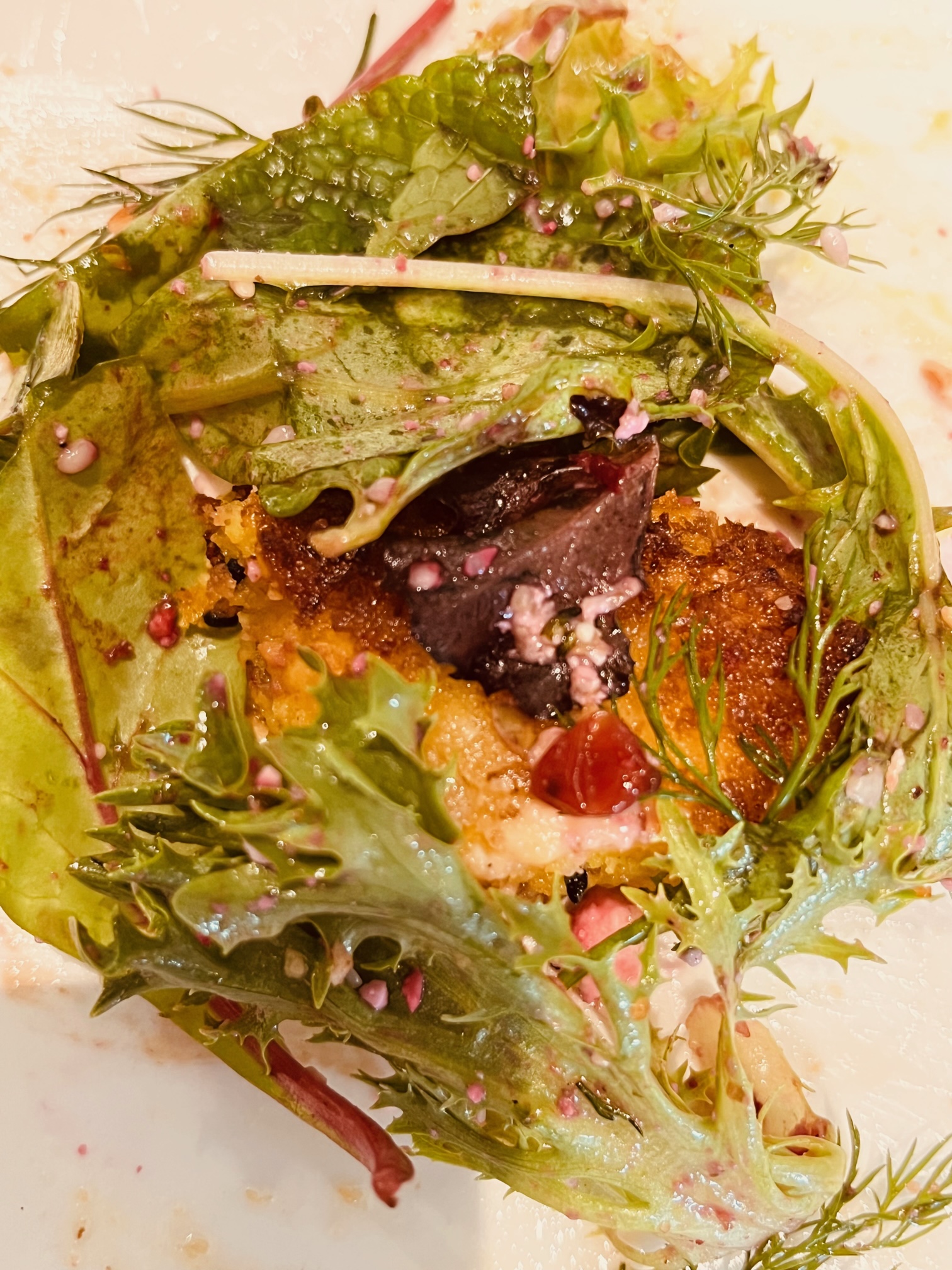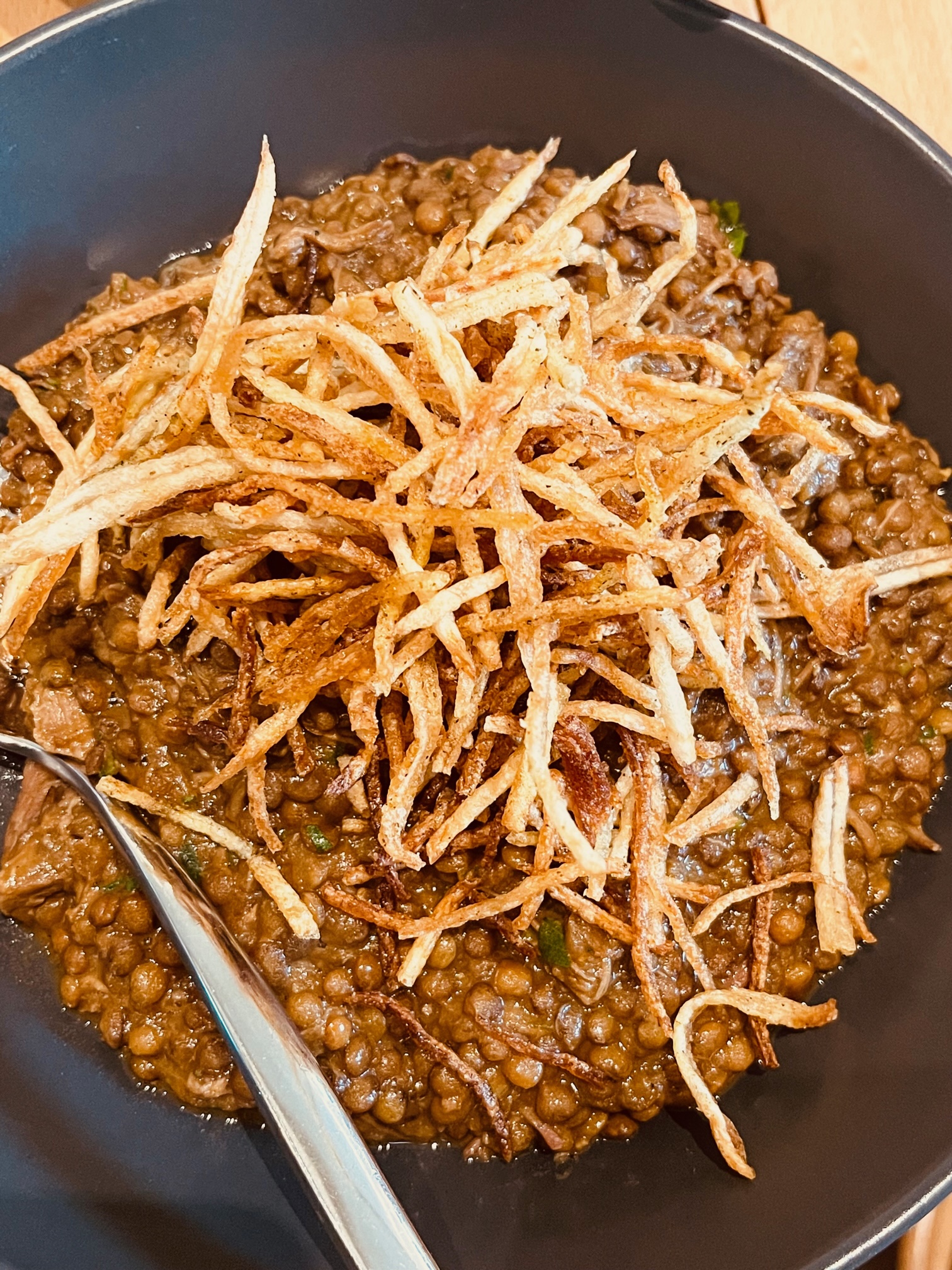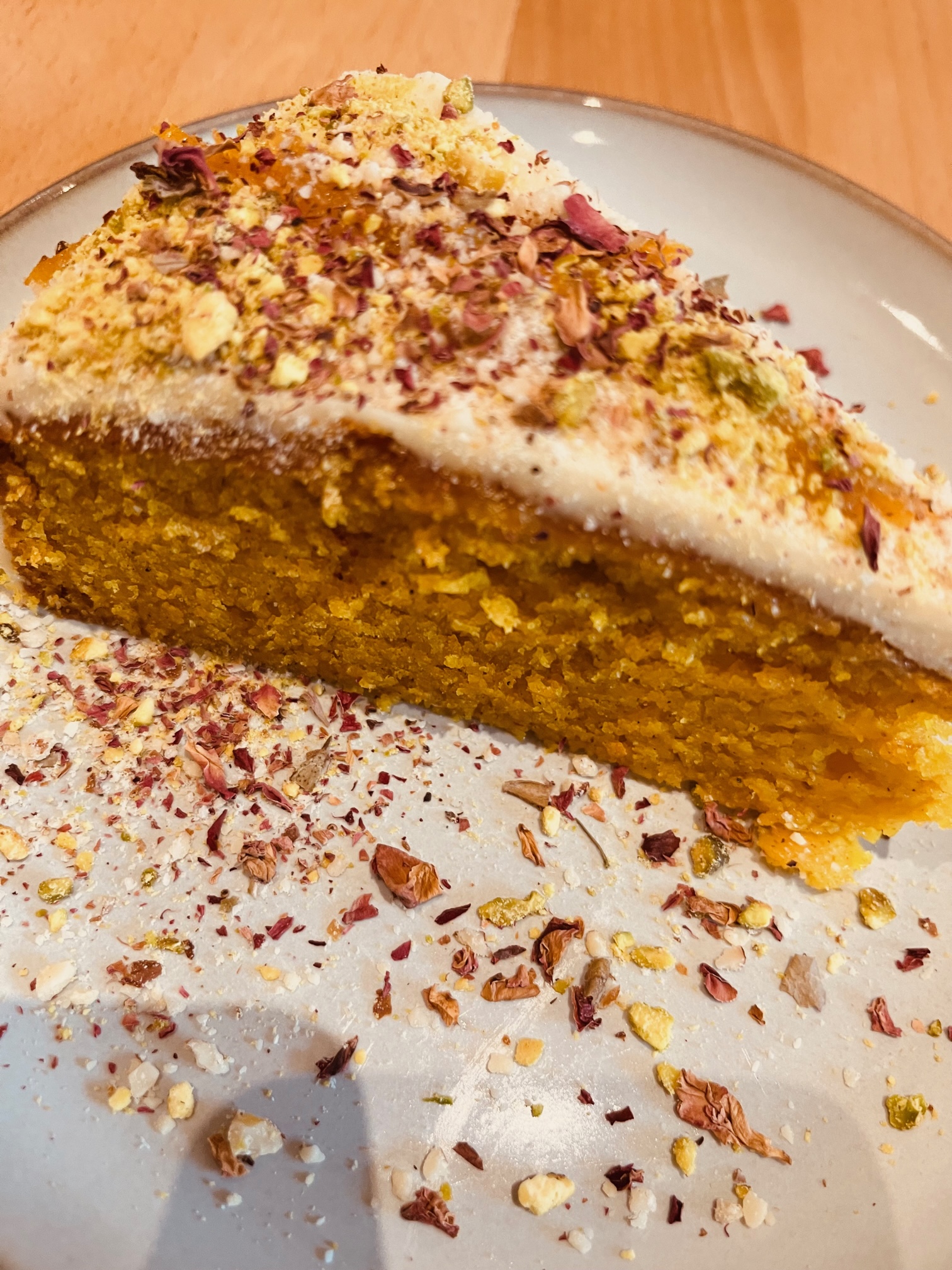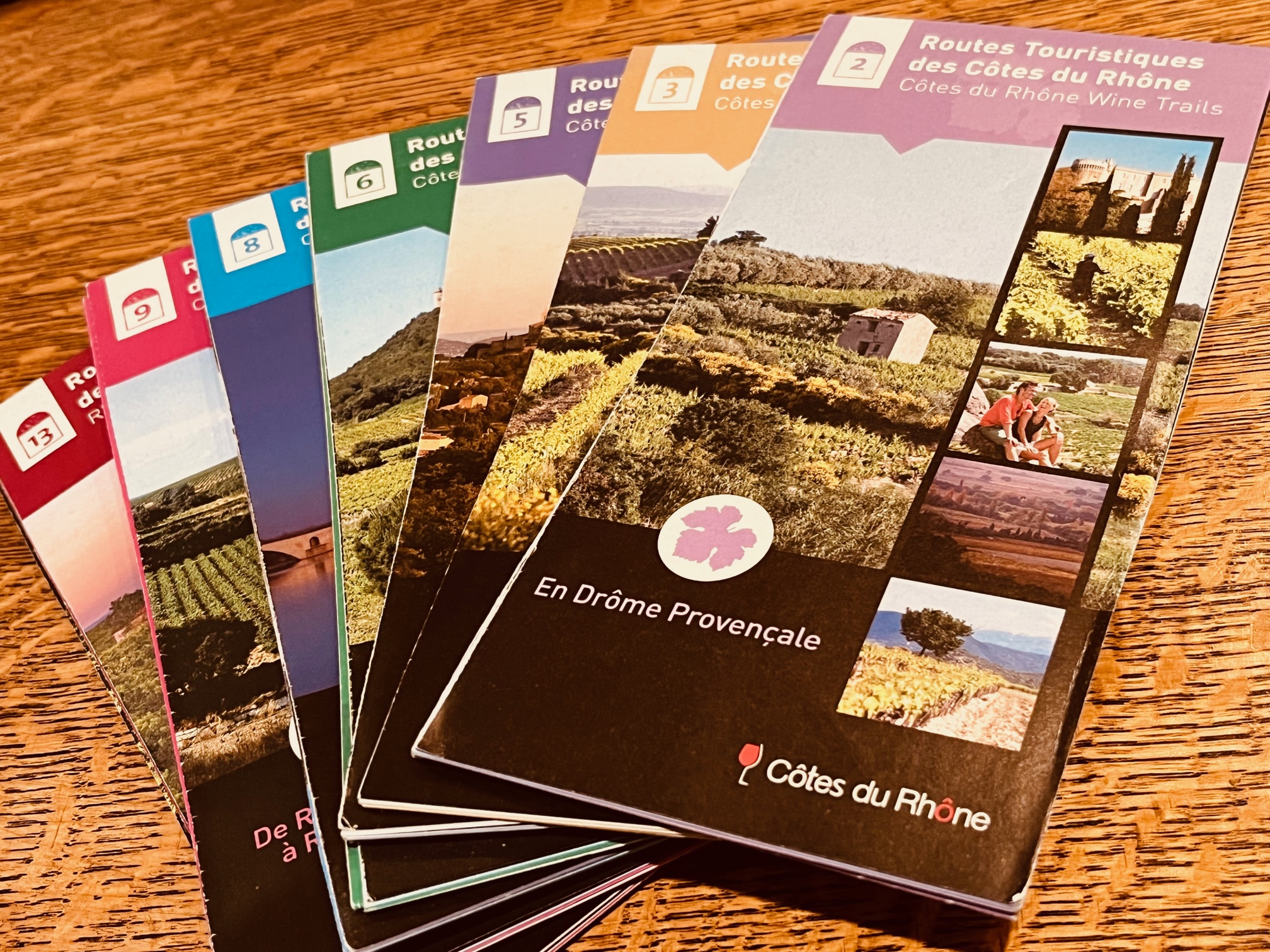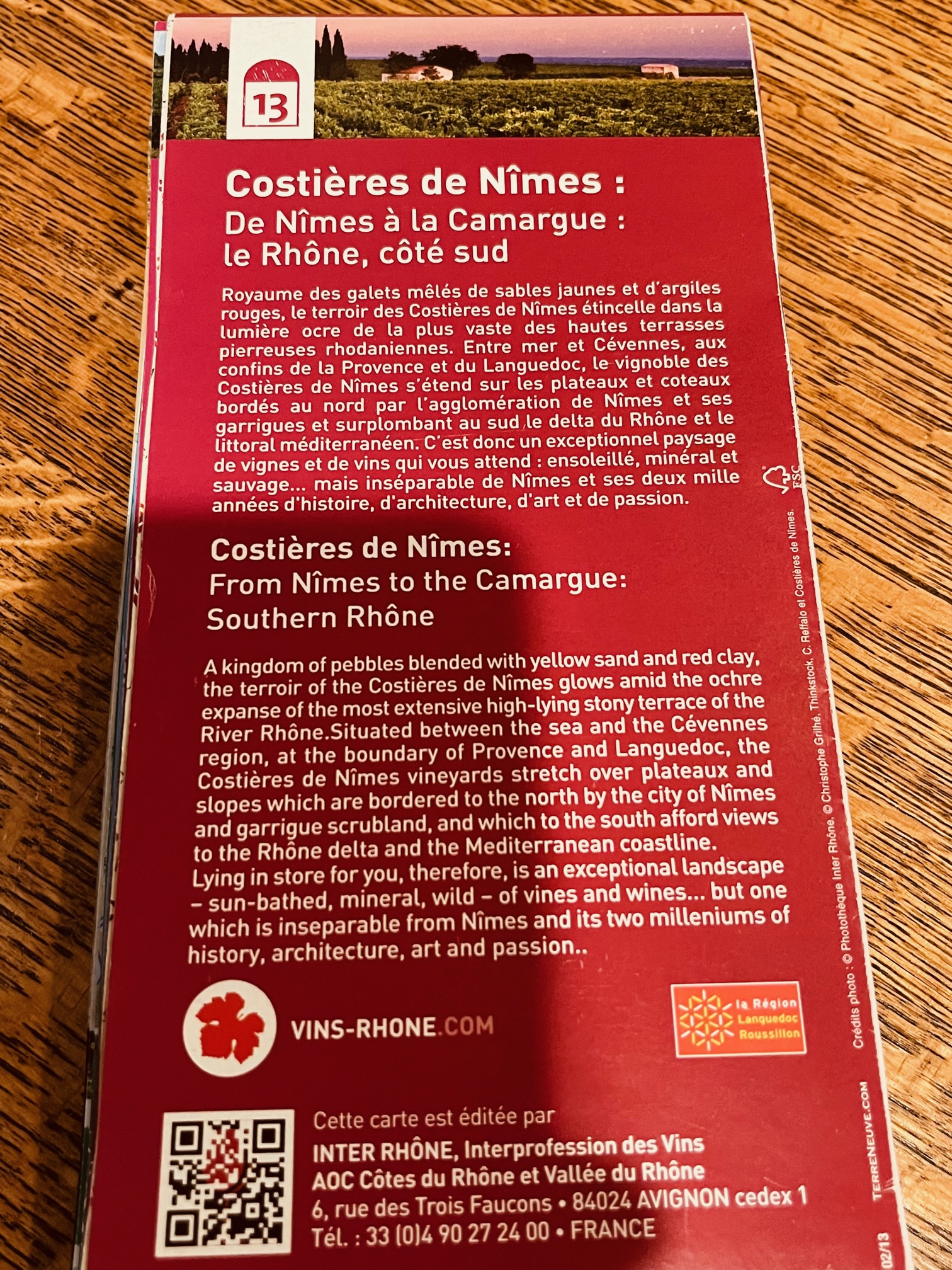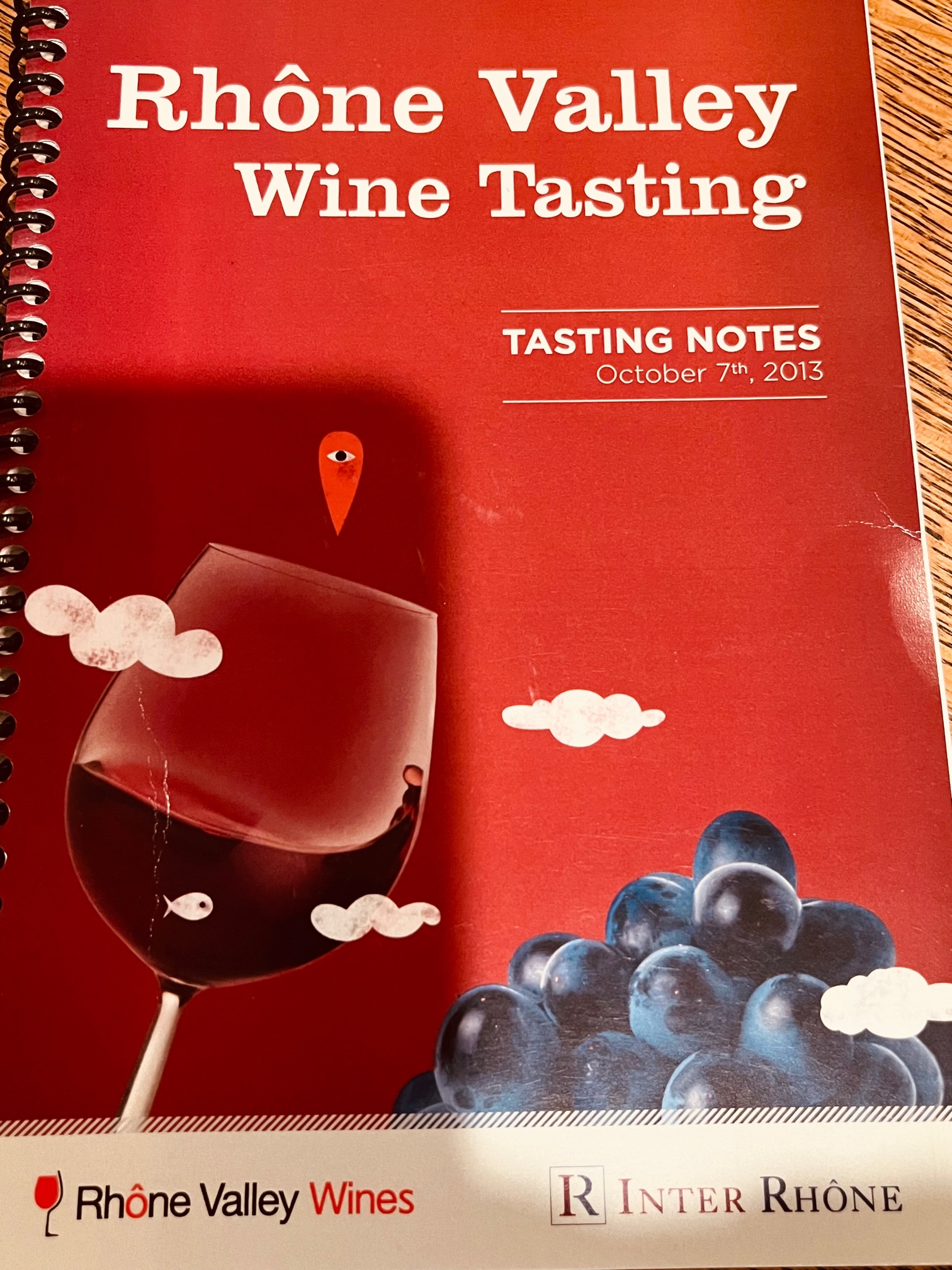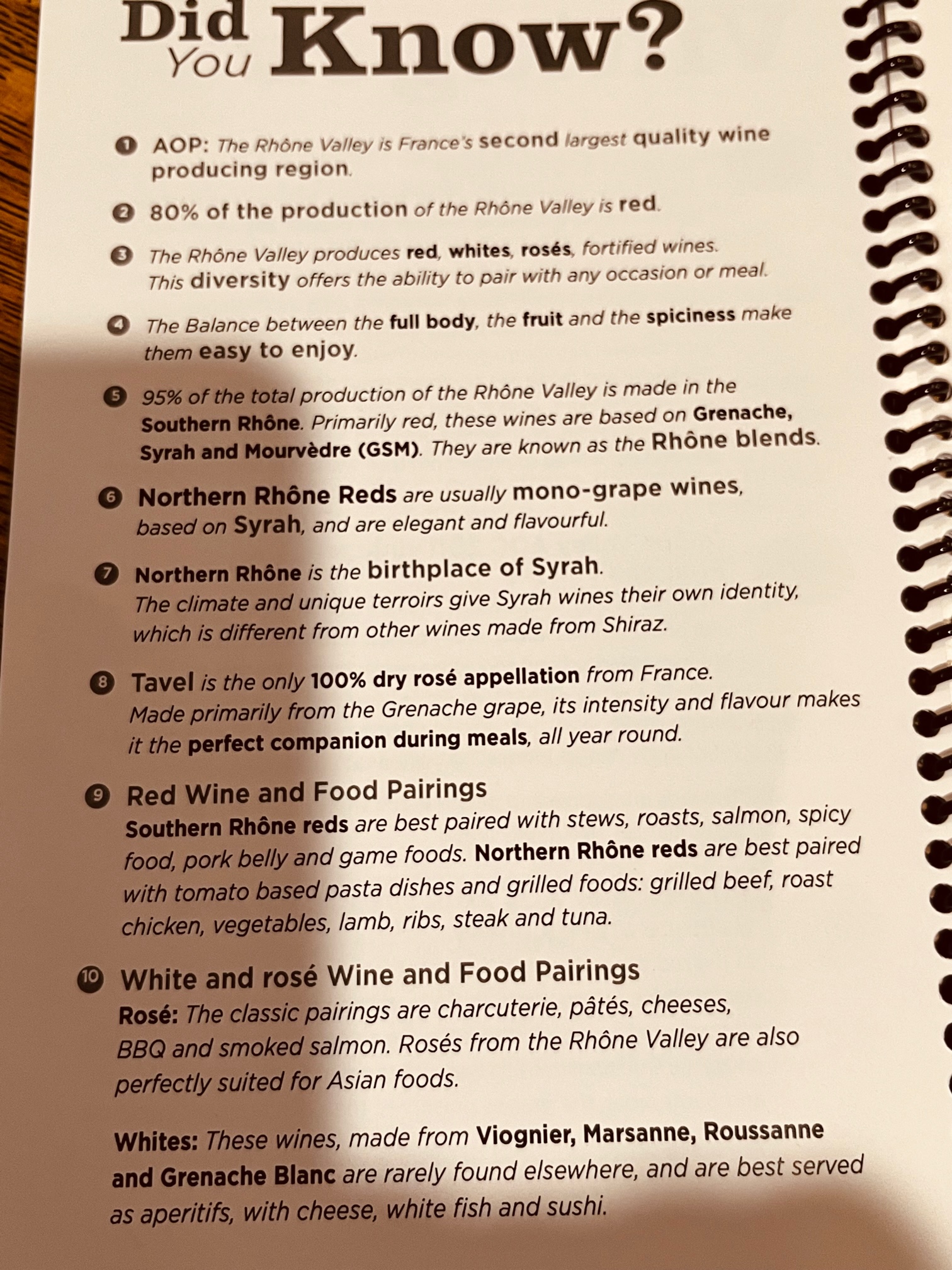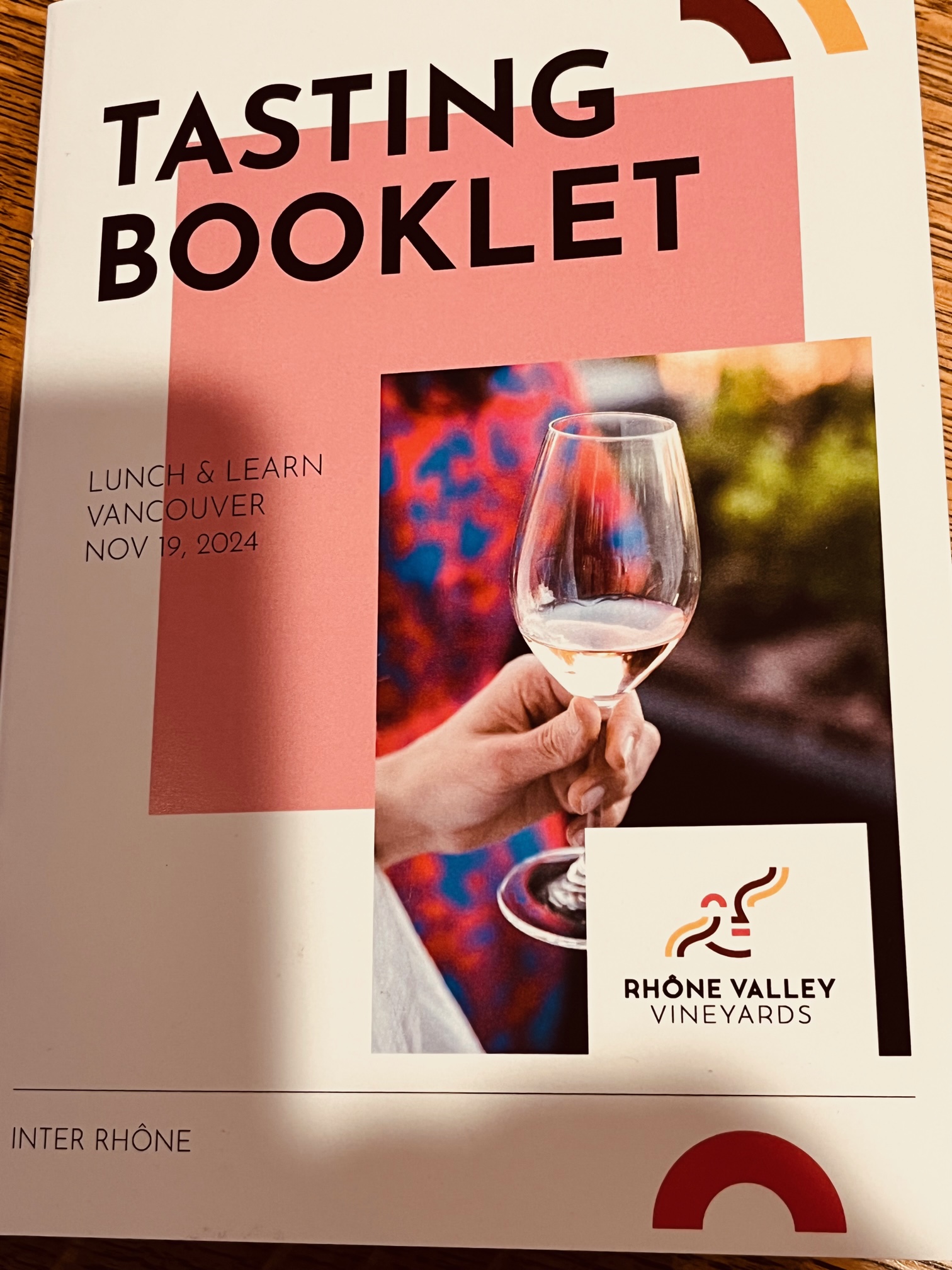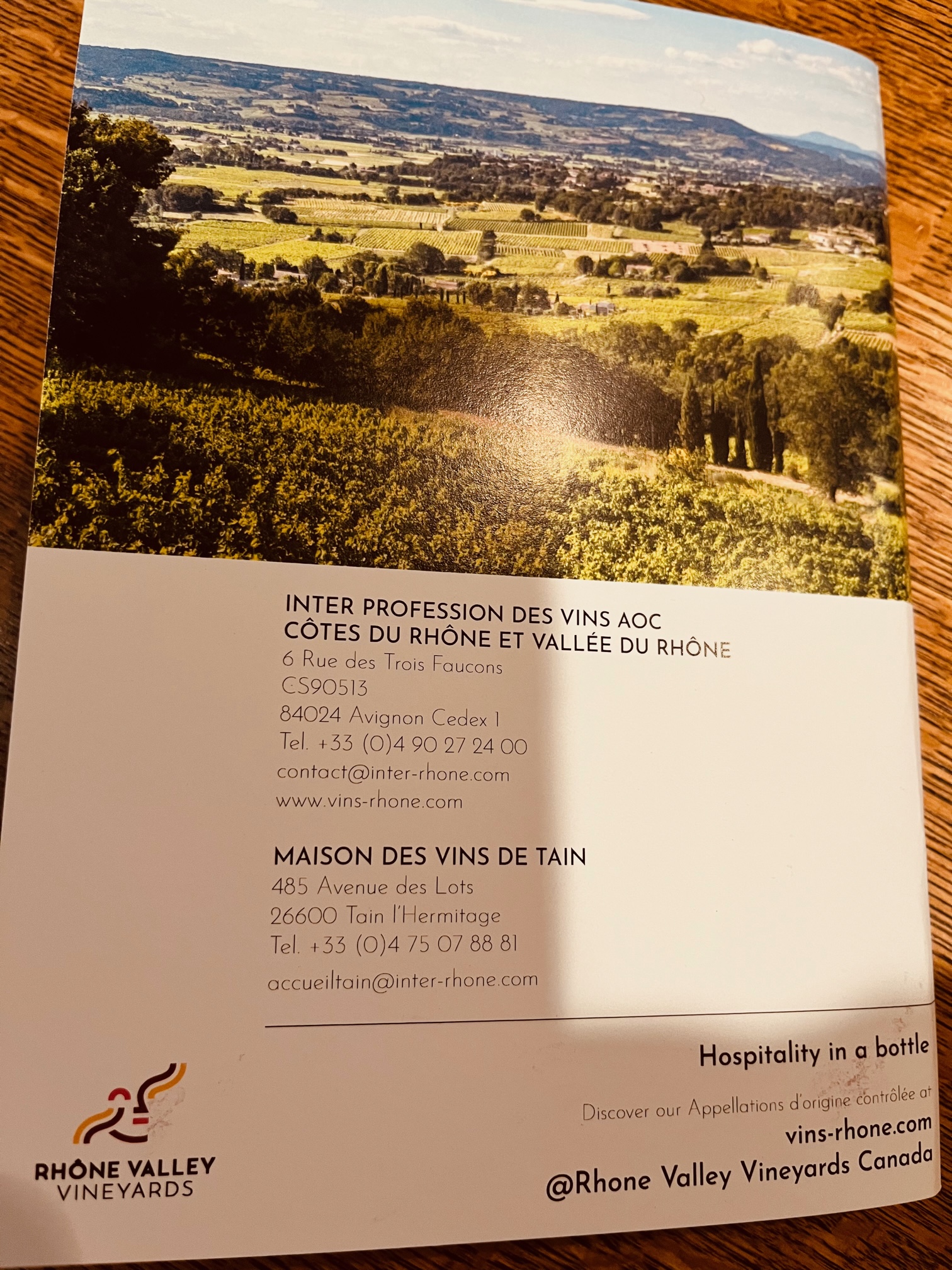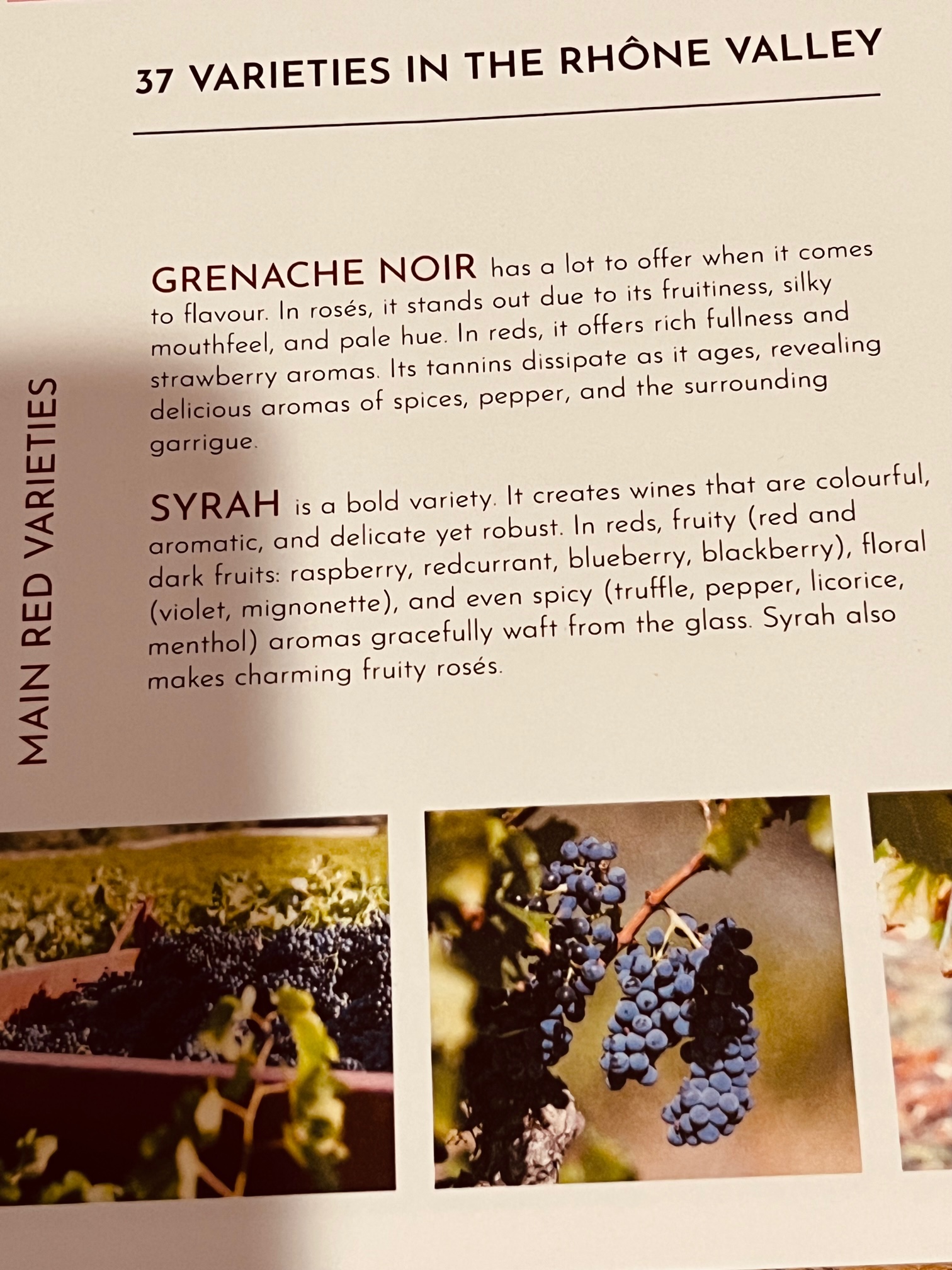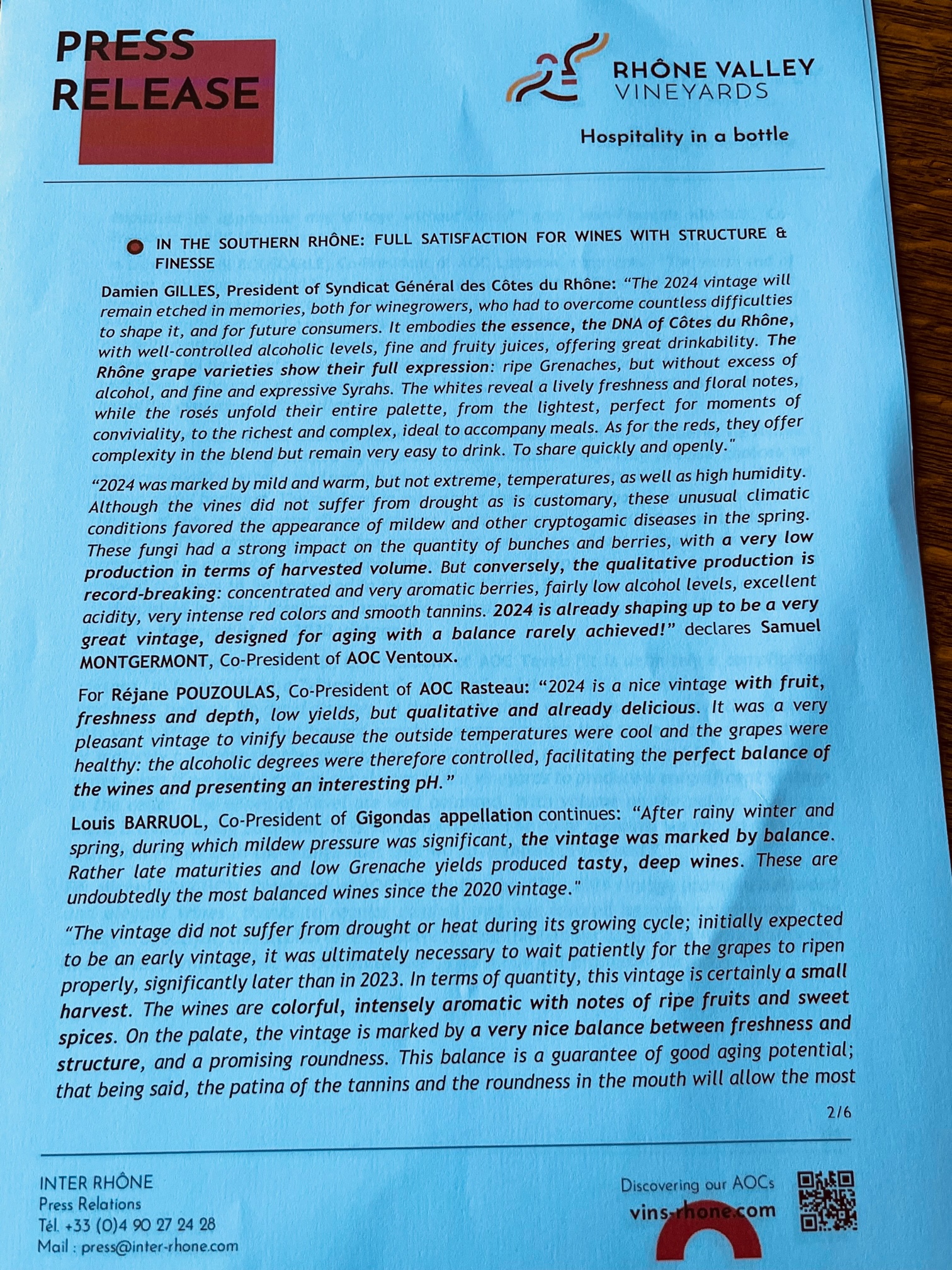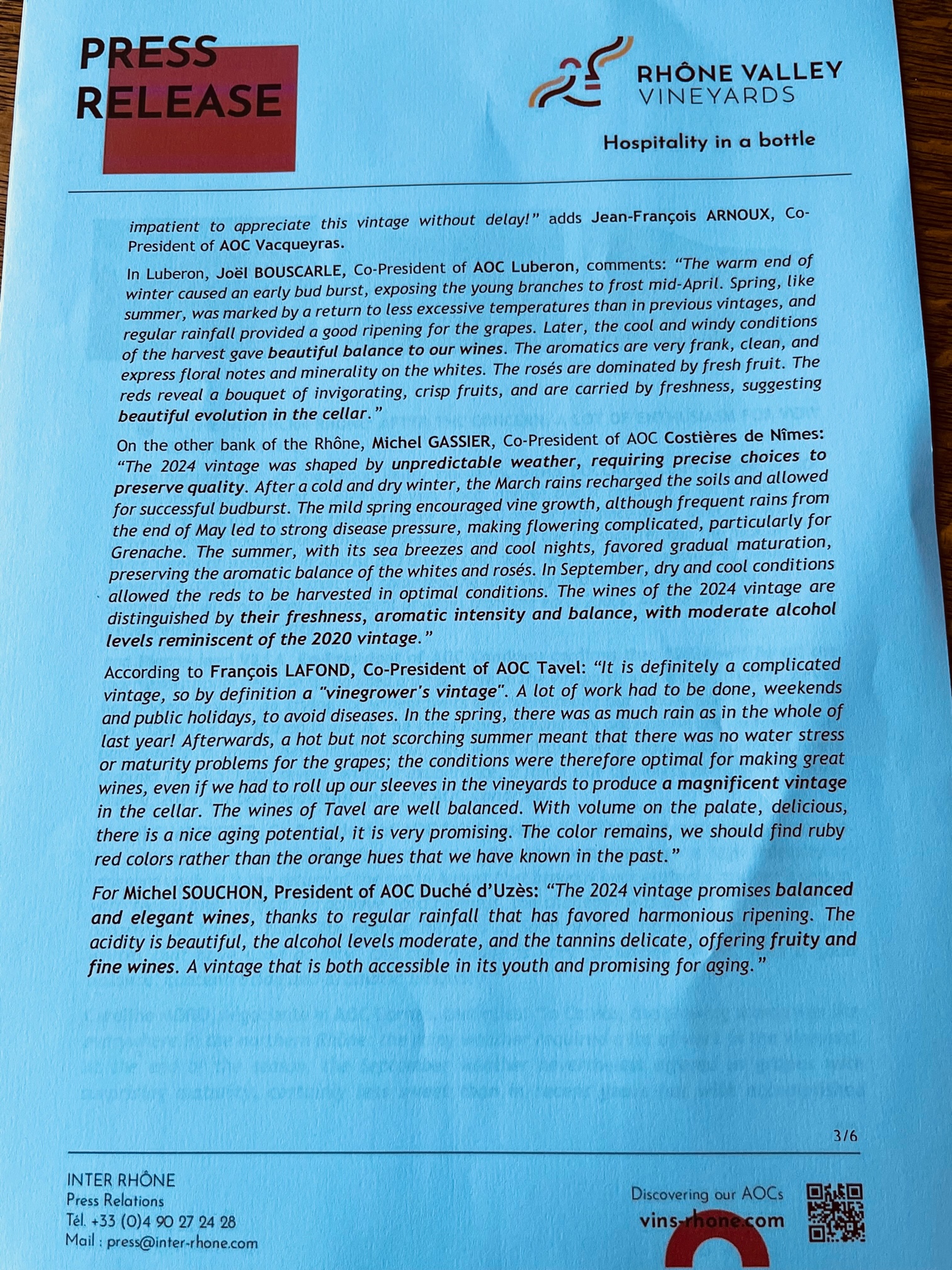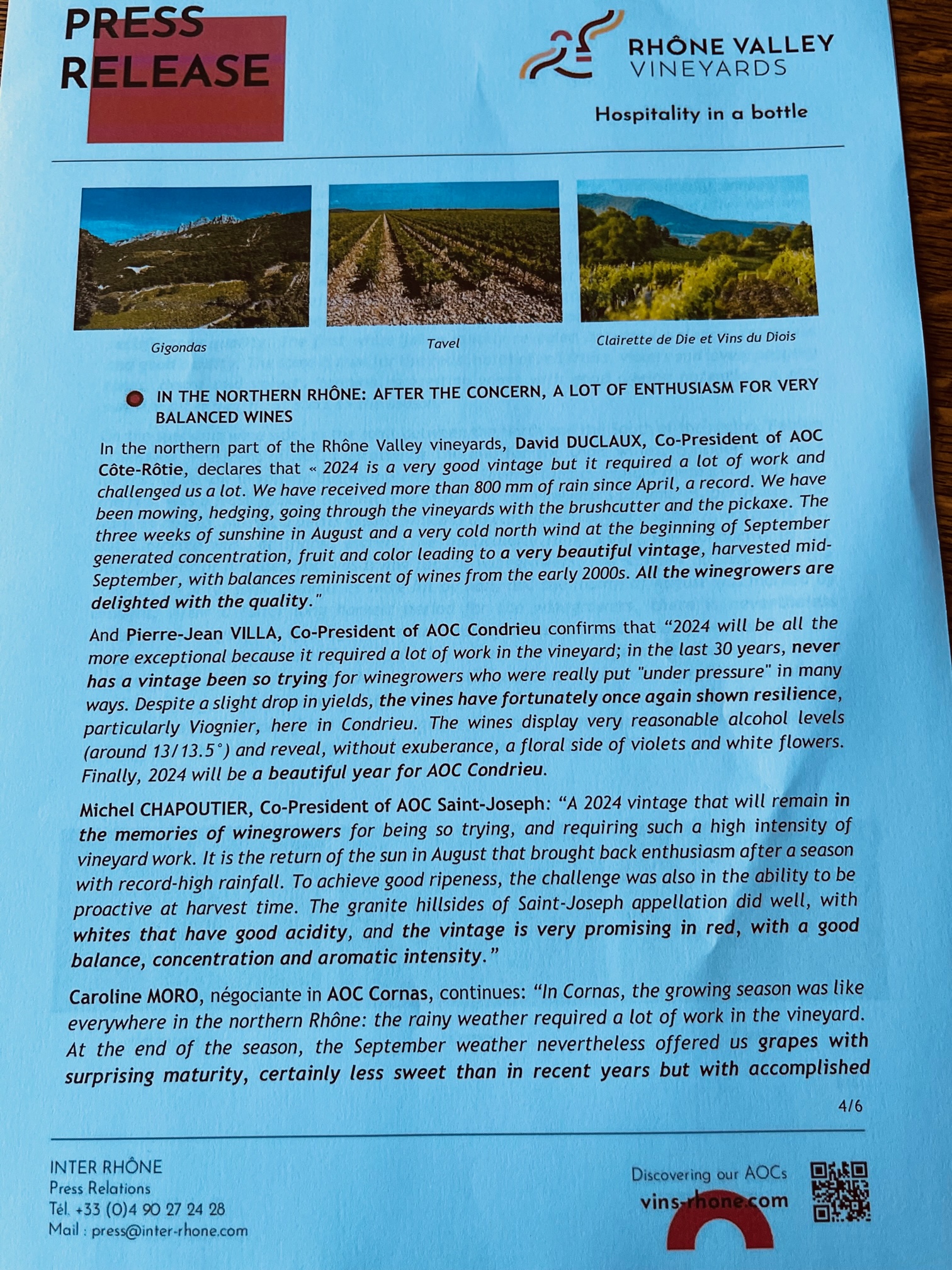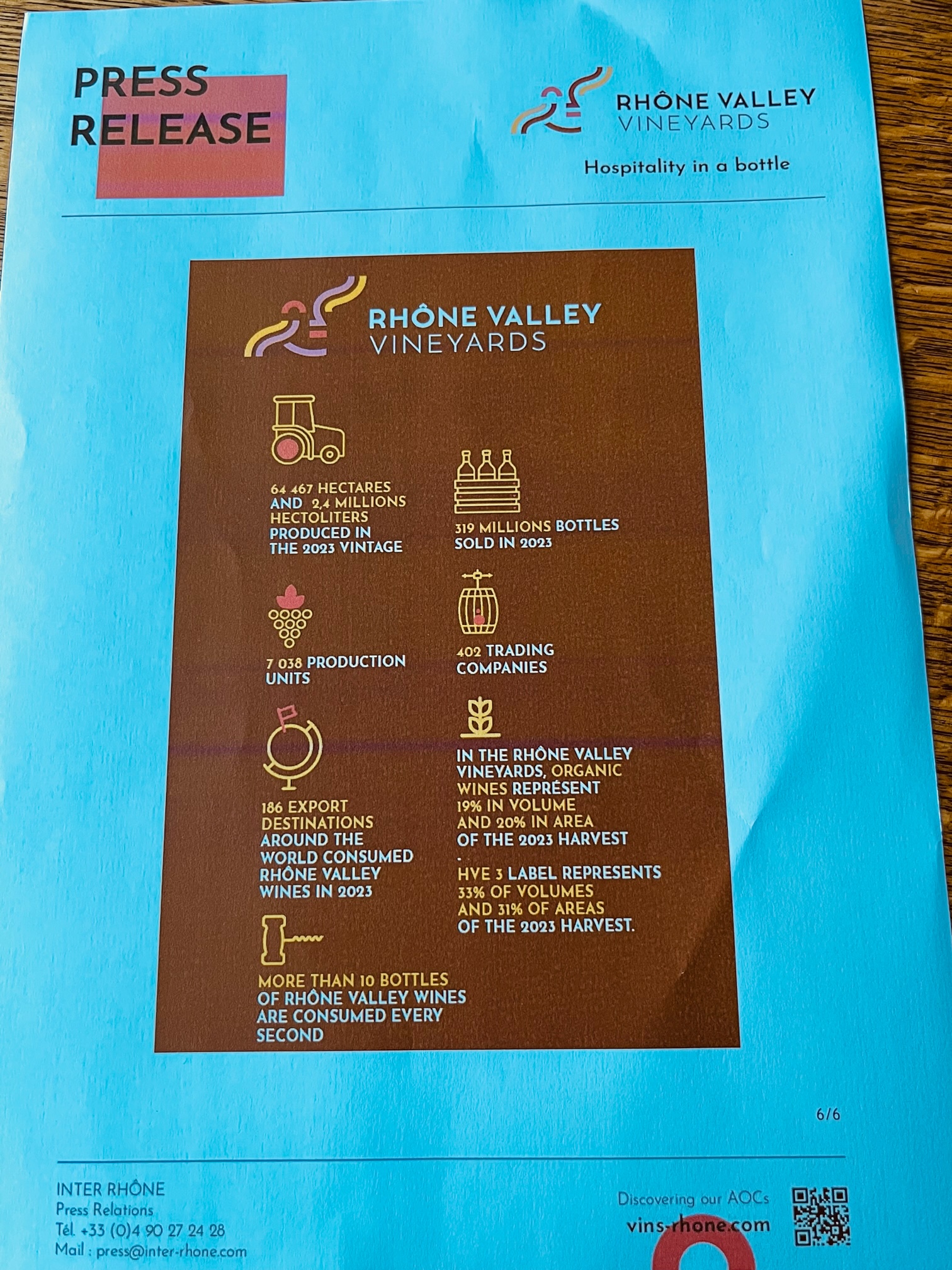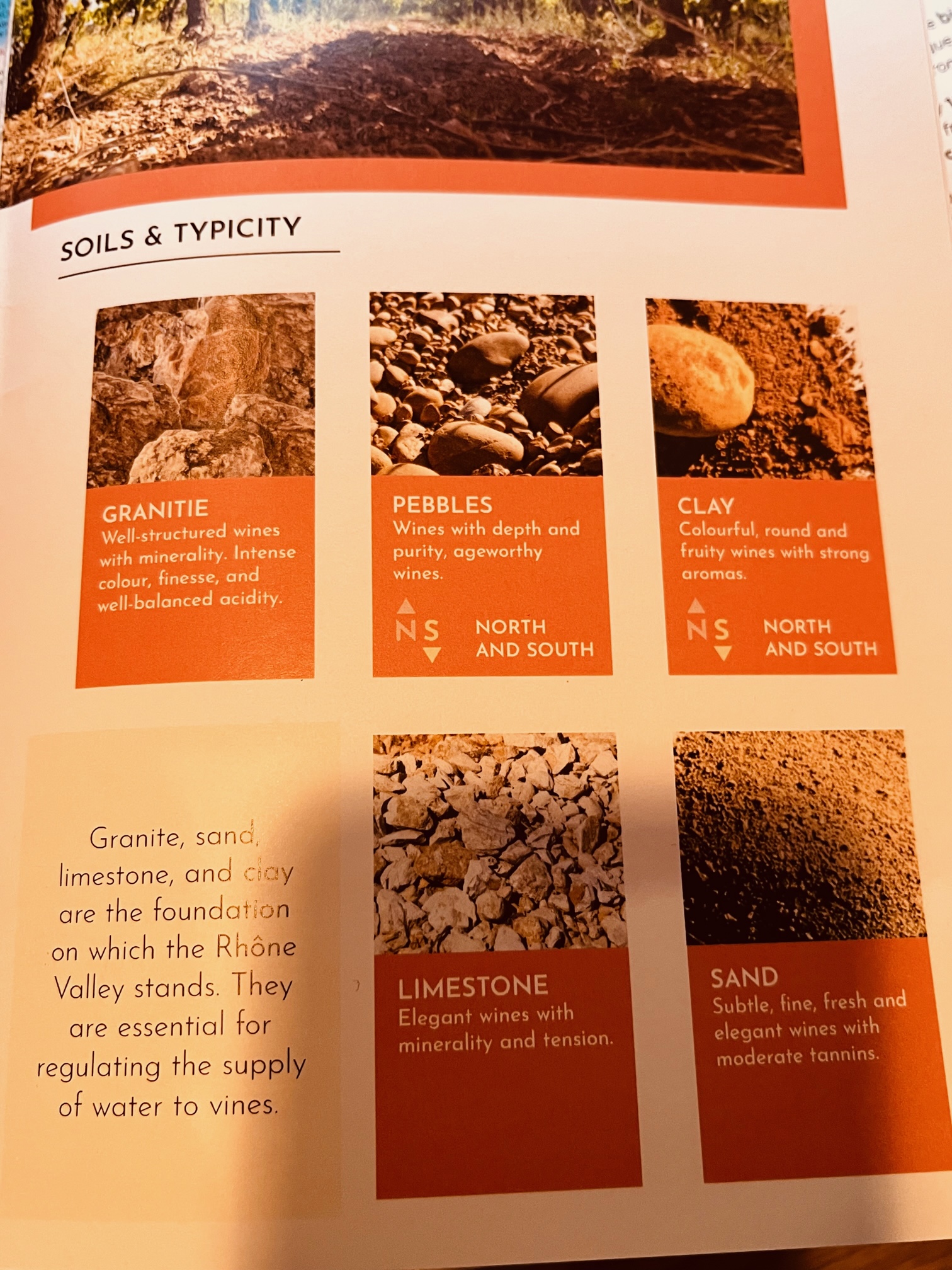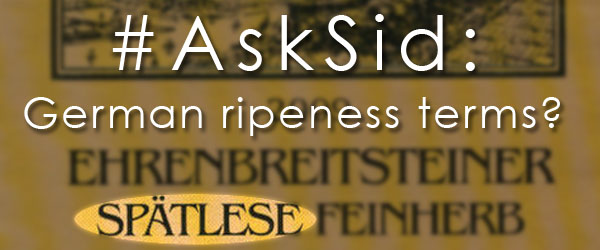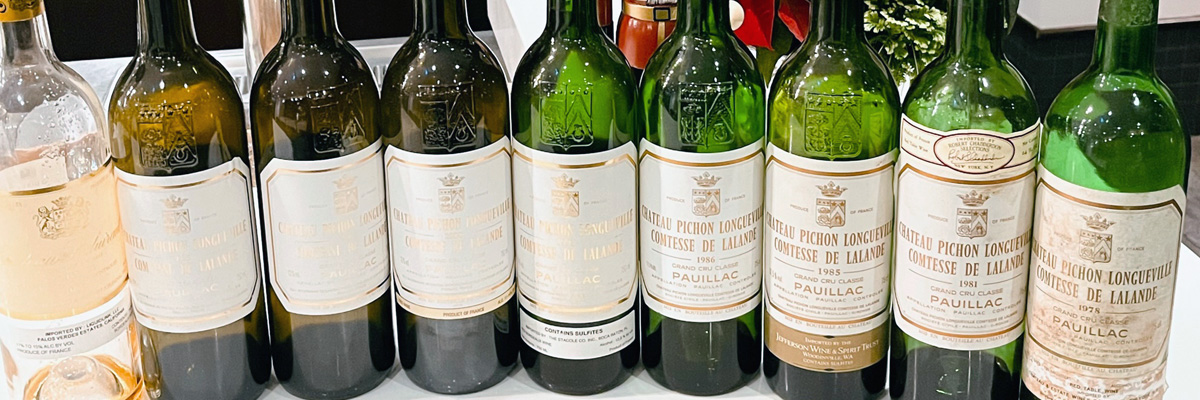
Your scribe remains a long time close friend and admirer of May-Elaine de Lencquesaing. Some amazing highlights of her and her elegant wines while at Château Pichon Longueville Comtesse de Lalande from 1978 to 2007 have been recorded in detail on this Blog. The last one was this year on March 11, 2024 but earlier ones include February 14, 2022, June 15, 2020, and June 18, 2013 all linked here. May is still the dynamo “General” guided by the music of Vivaldi at the age of 99 who this year just translated into English her Tallandier 2022 French publication “les vendanges d’un destin” now titled “MY JOURNEY WITH WINE: From Bordeaux to South Africa”. Approaching her 100th birthday on May 17, 2025 she hopes to celebrate it with another interesting book highlighting her extensive glass collection museum at Glenelly Estate (now completed over 20 harvests). Remember her wonderful collection of 780+ glass pieces at Pichon that included a priceless delicate horse of 1610 Merano. Highly recommend you purchase this book! Available on Amazon.com including in International Kindle format.
There was a Vancouver Commanderie de Bordeaux tasting/dinner held on December 2nd at Pacific Institute of Culinary Arts featuring 8 vintages of May’s wines from her first vintage of 1978 to 2005. The menu prepared by Chef Lian Cosby and brigade was excellent. The thin delicate chestnut tortellini was one of the best courses this year. Yours truly presented an opening tribute that was given an enthusiastic toast salute to May for all she has contributed to the history of Bordeaux fine wine making. I pointed out how May on her 80th Birthday expressed strongly that the 4 grape varieties she used in Pichon all contributed to the high quality resulting wine with Longevity (45% Cab Sauv), Roundness & Suppleness (35% Merlot), Finesse (12% Cab Franc) and Freshness & Aromatic Complexity (8% Petit Verdot). A few brief impressions on the vintages served in two flights from oldest to youngest:
1978 CHATEAU PICHON LALANDE: Acidity is holding the colour well. May’s first vintage self-critical that she “didn’t know yet how to control the vine selection” but still is elegant even if a bit typically 1978 herbaceous and as Ian Mottershead noted “has tobacco but a drier finish”. Drink up.
1981 CHATEAU PICHON LALANDE: Darker look and better selected riper fruit. Still fresh, bright and classy being one of the top 1981 Bordeaux with Château Margaux. Surprise of the night.
1985 CHÂTEAU PICHON LALANDE: Miss the amazing 1982 & 1983! This 1985 is ready & delightful from a Merlot year in harmony balanced with charm. Delicious. Group fav of first flight.
1986 CHÂTEAU PICHON LALANDE: Darkest colour. More classic Pauillac styling showing more Cab Sauv complexity. Still a bit hard and reluctant though encouraging that every bottle is better than an earlier one. Emile Peynaud called it having “the most tannins he had seen”. No rush. Expect further development. My fav.
1995 CHÂTEAU PICHON LALANDE: Second flight starts bottle variable with a tad earthy unclean one not as pure as Feb 13, 2024 top showing. Some have more opulence and typical Merlot plums. Holding well.
2000 CHATEAU PICHON LALANDE: Deep look and lovely aromatics. Round mellow softer textures with 10% Petit Verdot adding a lot to that expression with the Cab Sauv base in this vintage. Lots of rich subtle spices from riper grapes picked late into the second week of October. Drinking enjoyment – on a great plateau.
2003 CHÂTEAU PICHON LALANDE: Dark and buckets of fruit in this hotter vintage. Always seems to impress with powerful ripe sweeter big flavours very opulent. Atypical Pichon Lalande. No Cab Franc but 65/31/4 unique blend of Cab Sauv/Merlot/PV in 2003. Drinking with beautiful complex intensity!
2005 CHÂTEAU PICHON LALANDE: Dark and reserved. Outstanding year has medicinal coffee backward notes. Not together yet with the balanced acidity and especially tannins prominent. Seems classic but not that concentrated. Necessary to monitor how this will come along with more bottle age.
2002 OPUS ONE Napa Valley (Blind Mystery): Open with a very ripe cabernet sauvignon bouquet of some aging. Wowed by the accessible creamy sweeter voluptuous soft fruit. Not much lift on the finish. Attractive, easy, delicious drinking right now. Perhaps less dimensions of complex flavours. Member JP Bachellerie who spoke on the second flight did a most insightful job nailing blind this aged Napa Valley Cab.
A wonderful tribute evening to May – the living wine legend! As I was quoted in her book I believe that …for all that Julia Child was for “food” May is for “wine “!
You might also like:
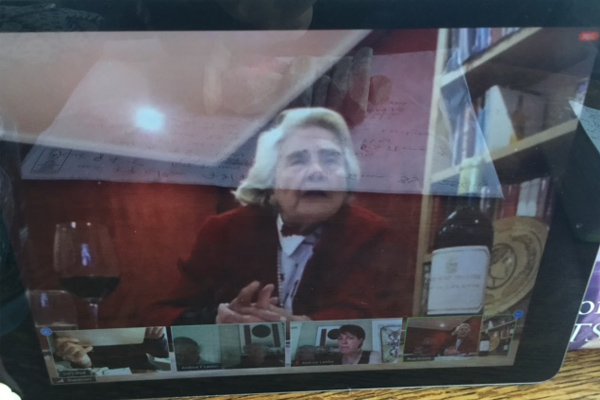 |
 |
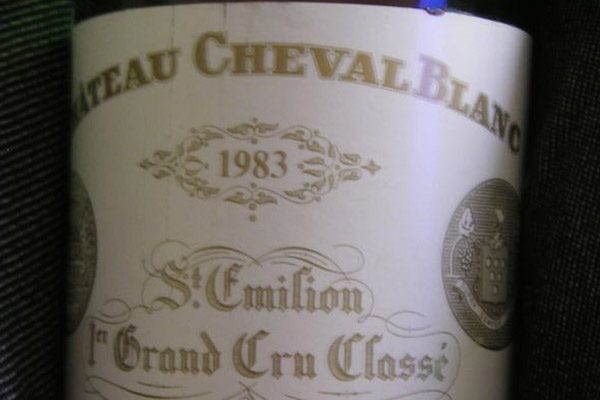 |
